November 13, 2022
Martha O'Kennon
Cold nights, but still some days warm enough to explore the yard. Autumn in other words! I really like these days when I can wake up and see the Sun coming up. But Sunday morning gave us Snow and 35 F!
The Asters are finished. Here are some of their drying stalks. Second: a leafless tree holds a harbinger of Winter coming - a Squirrel nest. And third, the LAST Dogwood leaf.
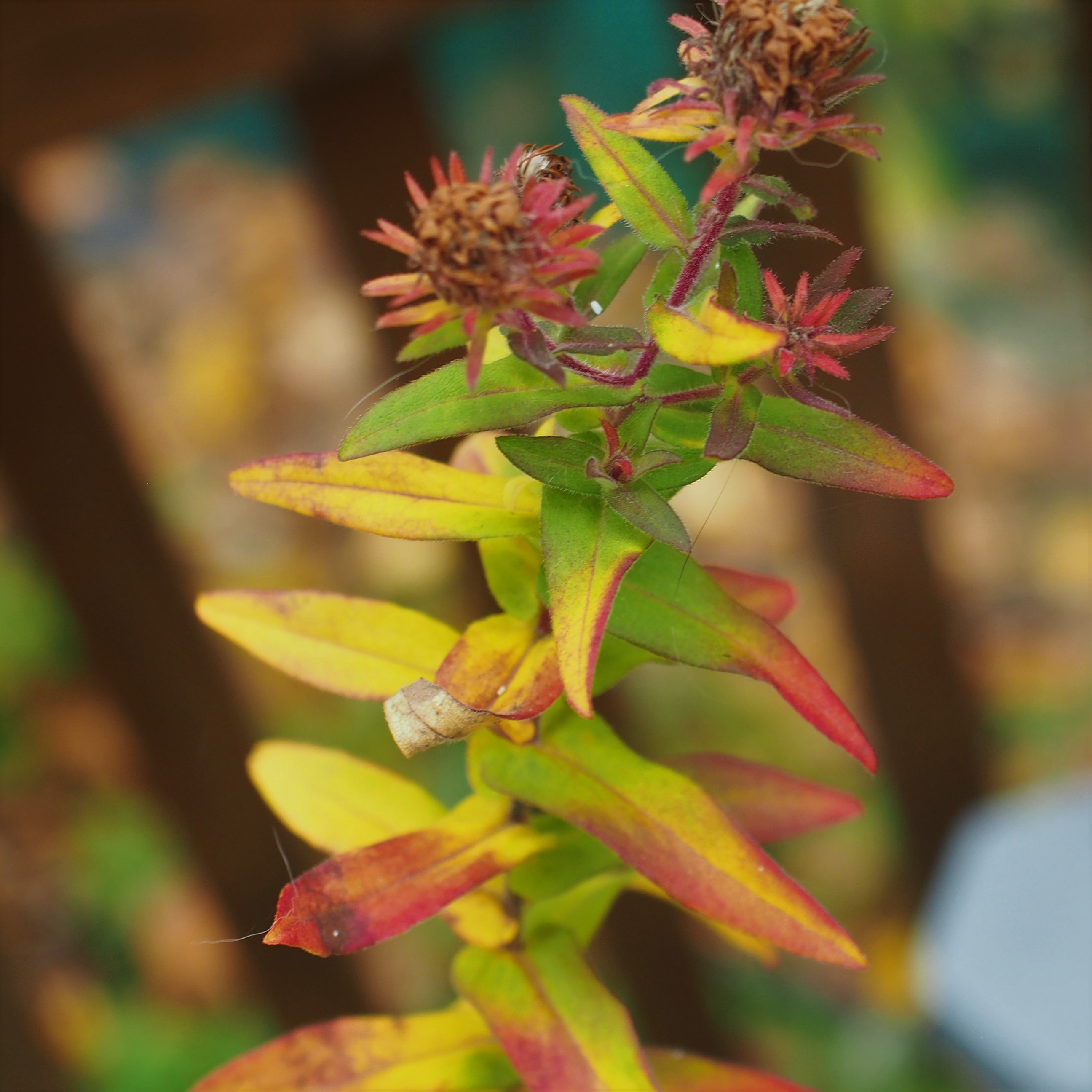
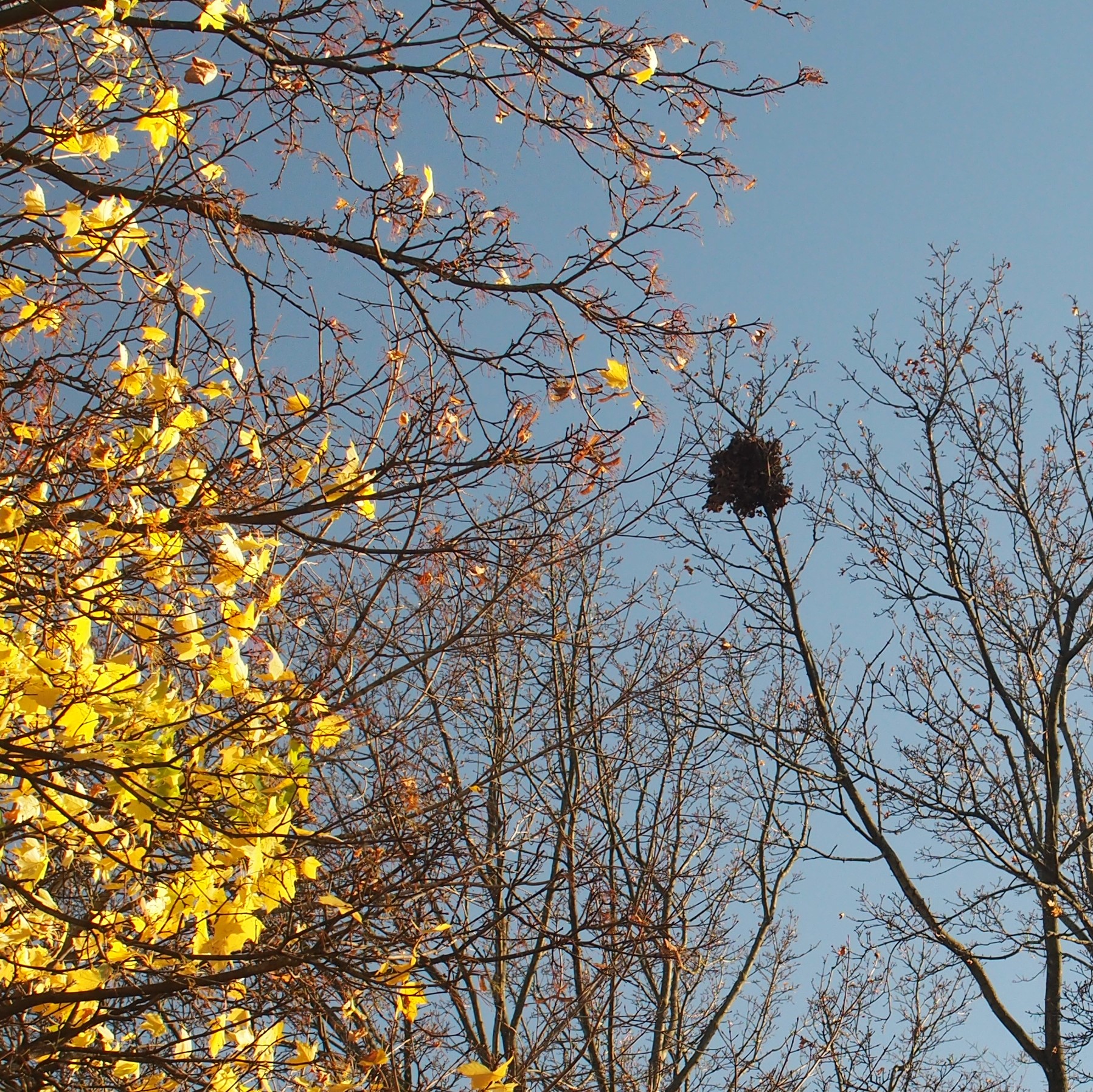
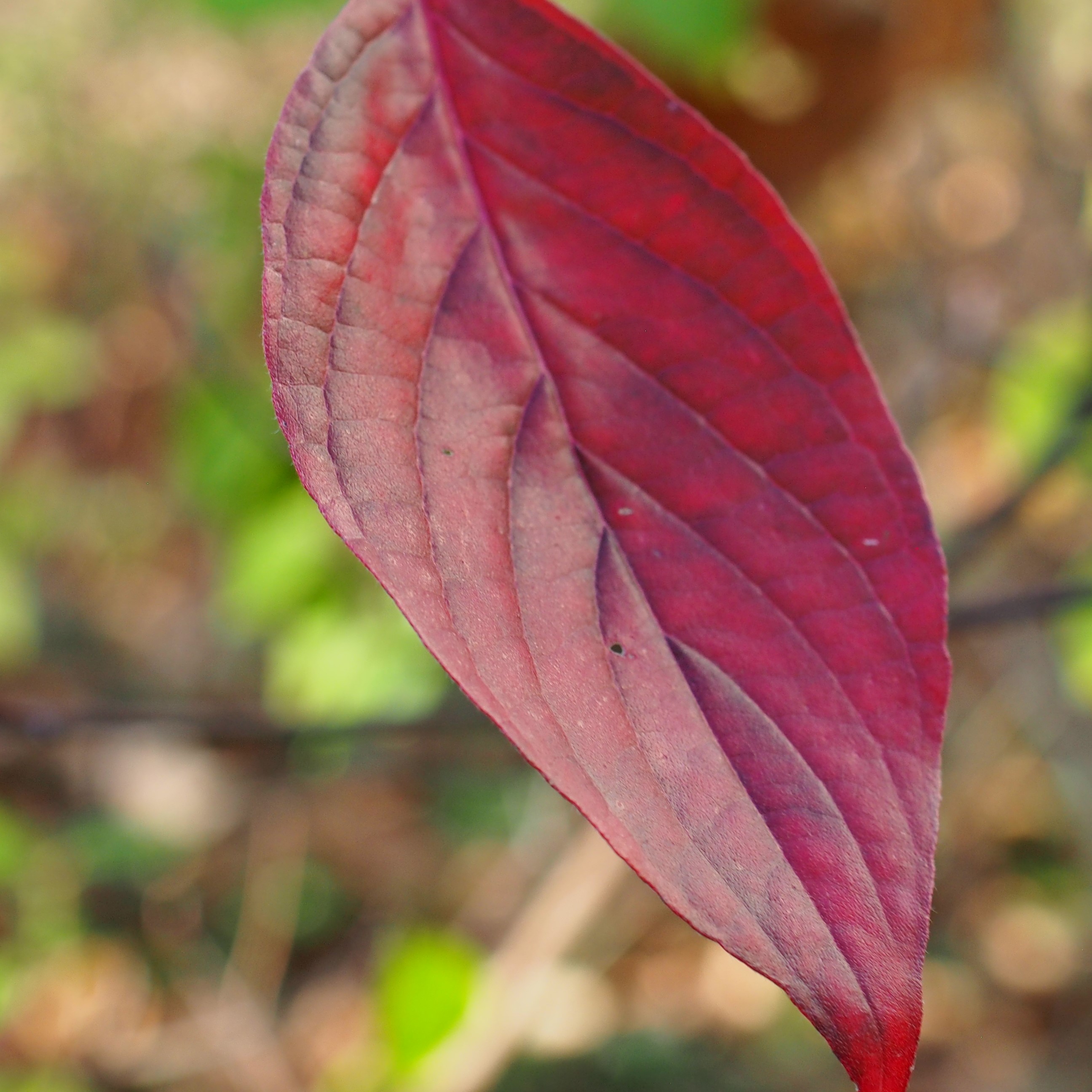
But one thing we had quantities of this past week: Winter Ants! The third picture shows one carrying a Graphopsocus cruciatus prey to its winter nest, probably under the shop floor.



Remember that there is information in the name of the file for each image. You can see it by mousing over the image - look at the lower left of the screen. Or you can click on the image to get to the (usually) larger image. Then the info is displayed in the address line above. Sometimes the second click will actually display a different view of the original image.
At first I thought this creature was a Fly, but then I saw the ovipositor at the right end and realized it was a Wasp. But when I showed it on iNat, a couple of colleagues pointed out that there were TWO little sticks (cornicles) coming out of the rear of this APHID! This makes only two or three Aphids I've seen this year, but none of them the little green or red ones that used to colonize my Goldenrod until the Hover Flies killed them.
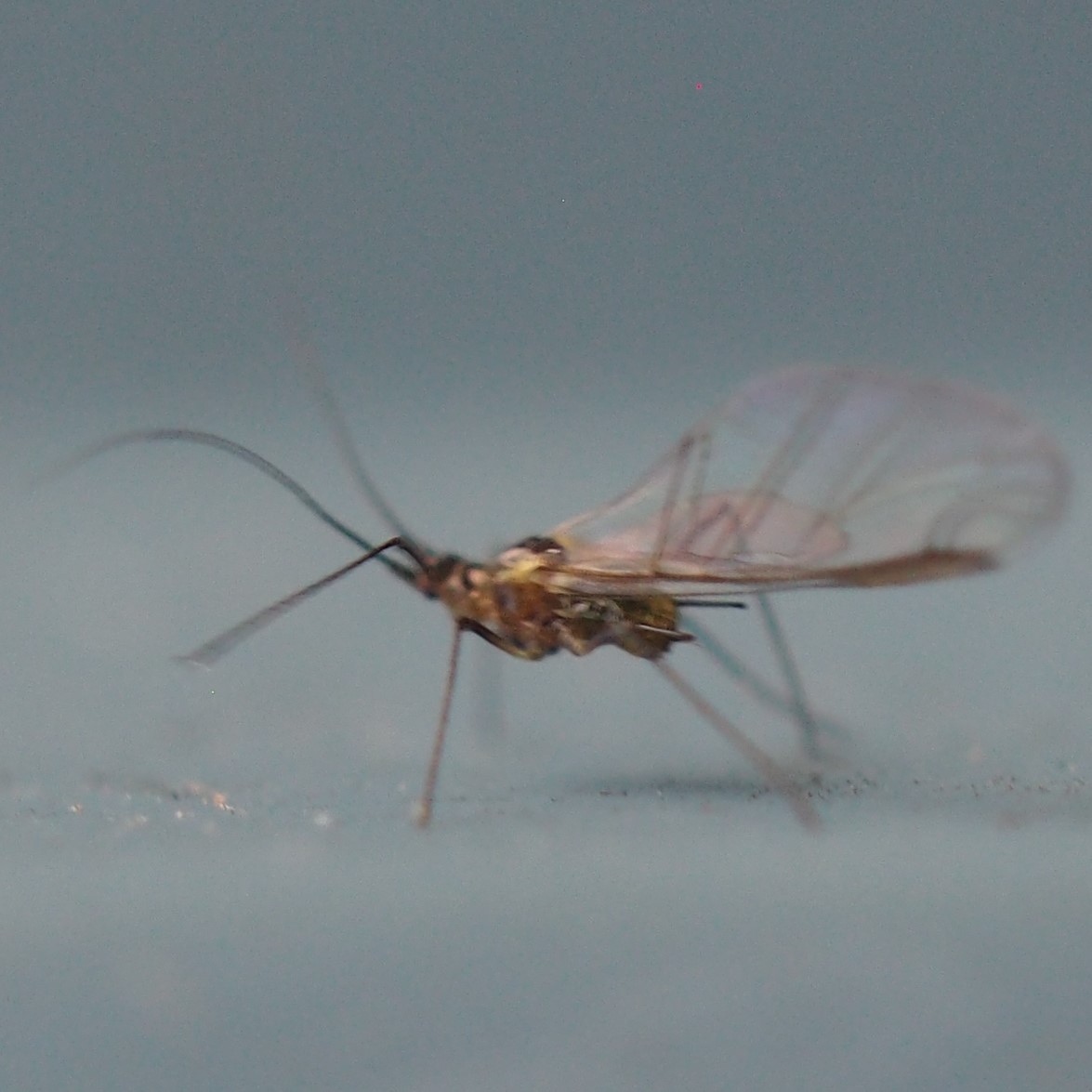
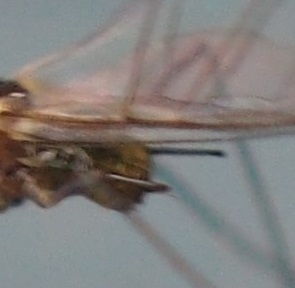
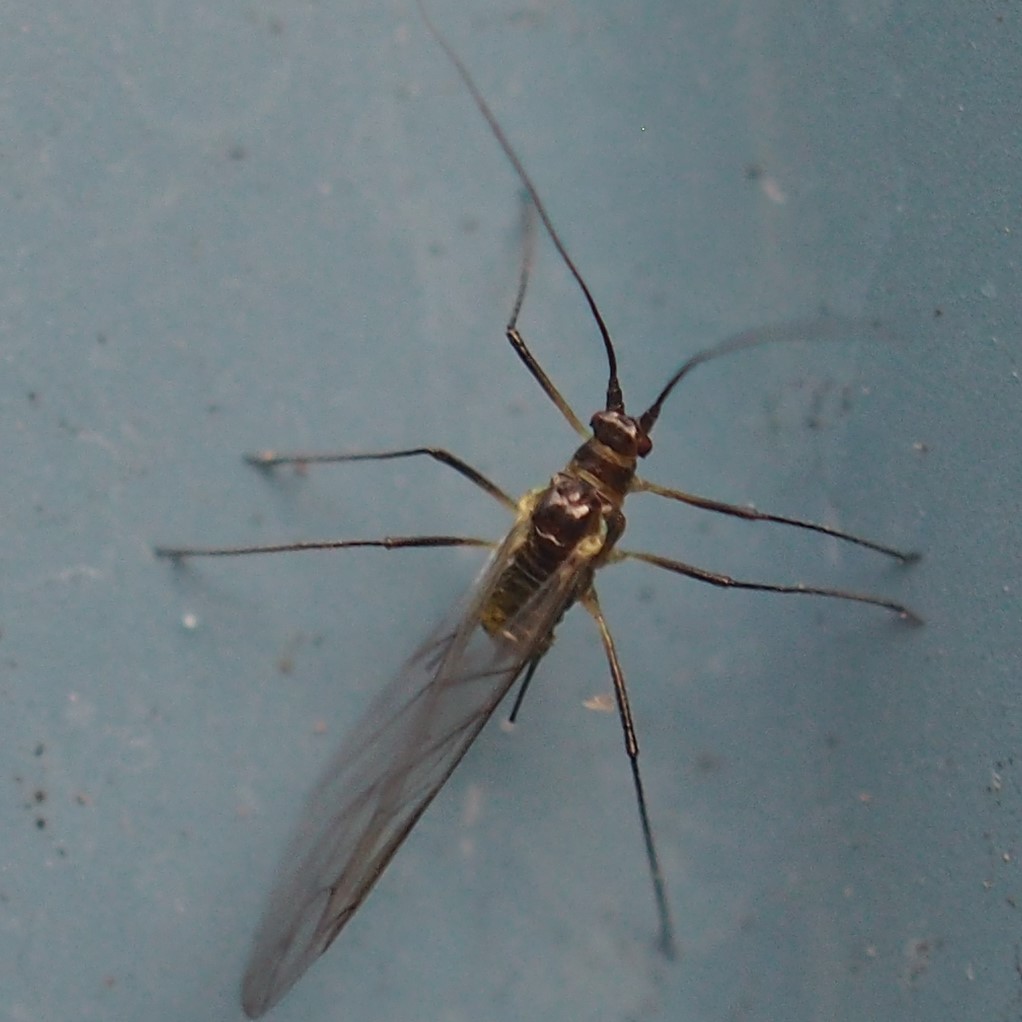
No Flowers means no Bees. But we did still have a couple of Beetles. The first one here is one we saw a month or so earlier, of genus Cryptophagus. Second and third show a Twice-stabbed Lady Beetle.
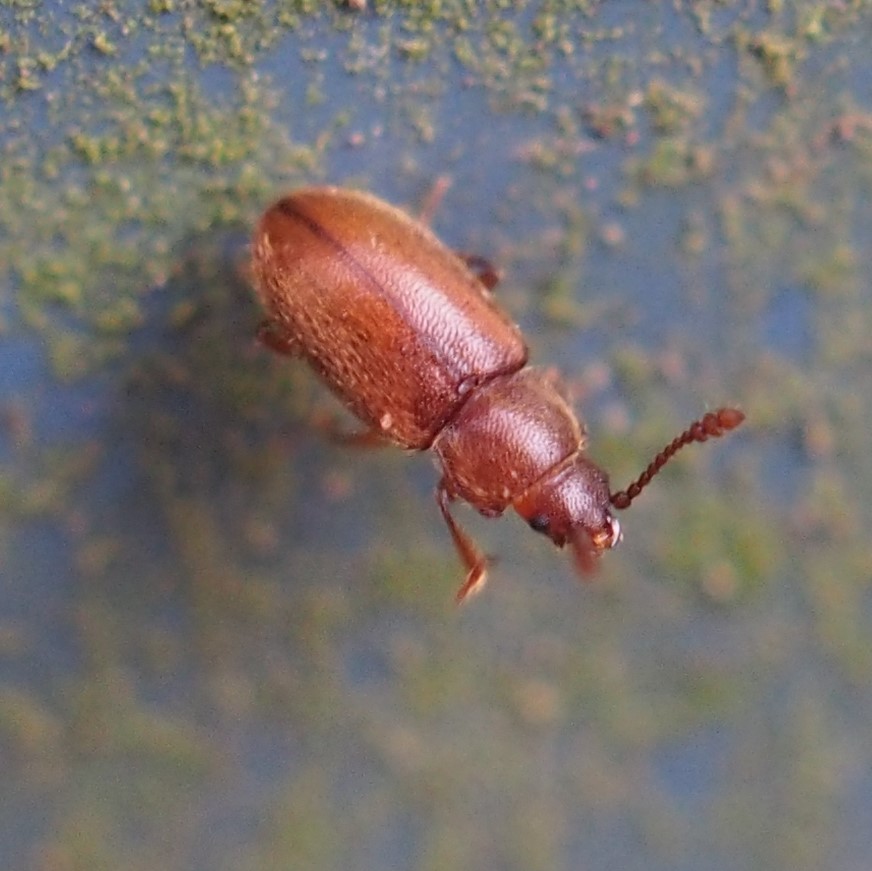
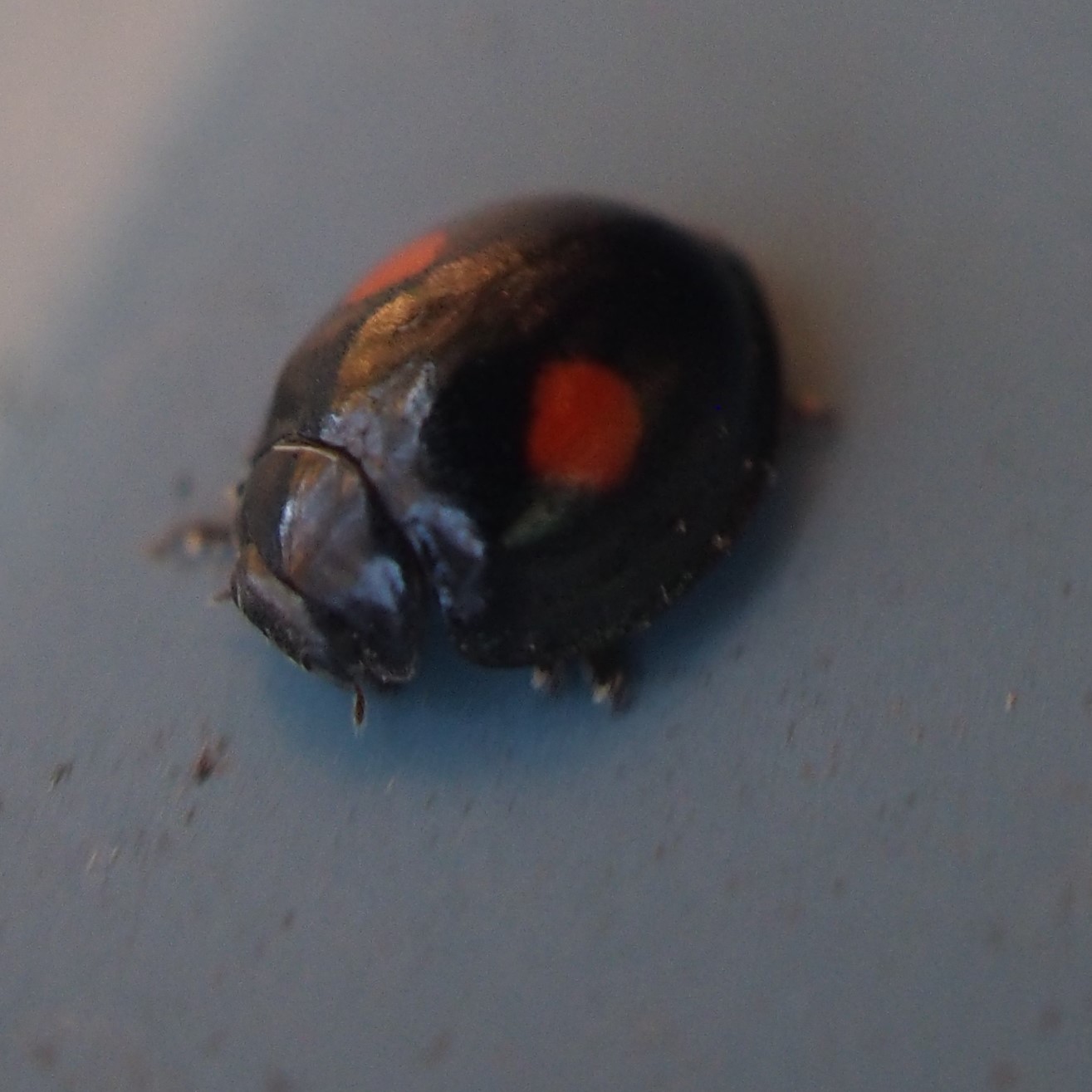

Again, the scene contained more Bugs than Beetles. I don't know why we seem to get so many different Leafhoppers this late in the year. Here are three members of genus Eratoneura. First is the "dots" form of Eratoneura; second a yellow version; and third, E. ardens (called "burning" because of the brown thorax section.)
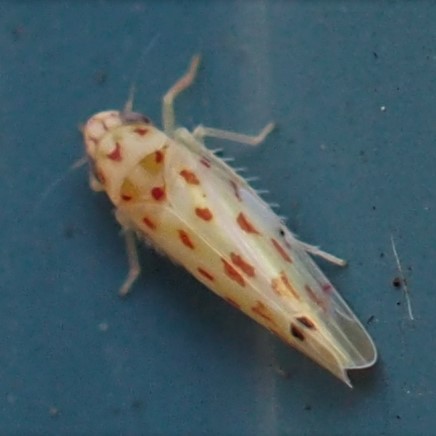
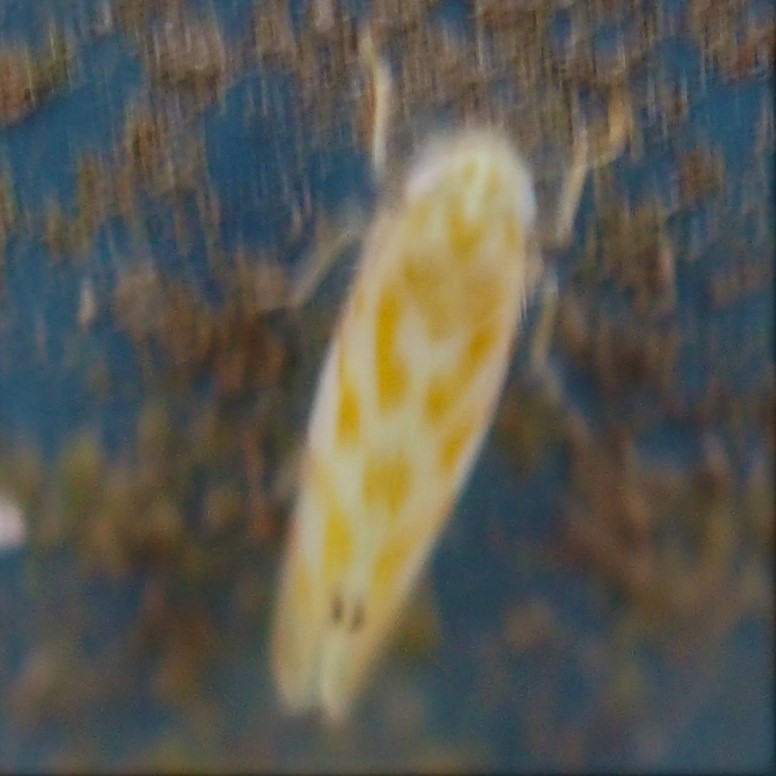
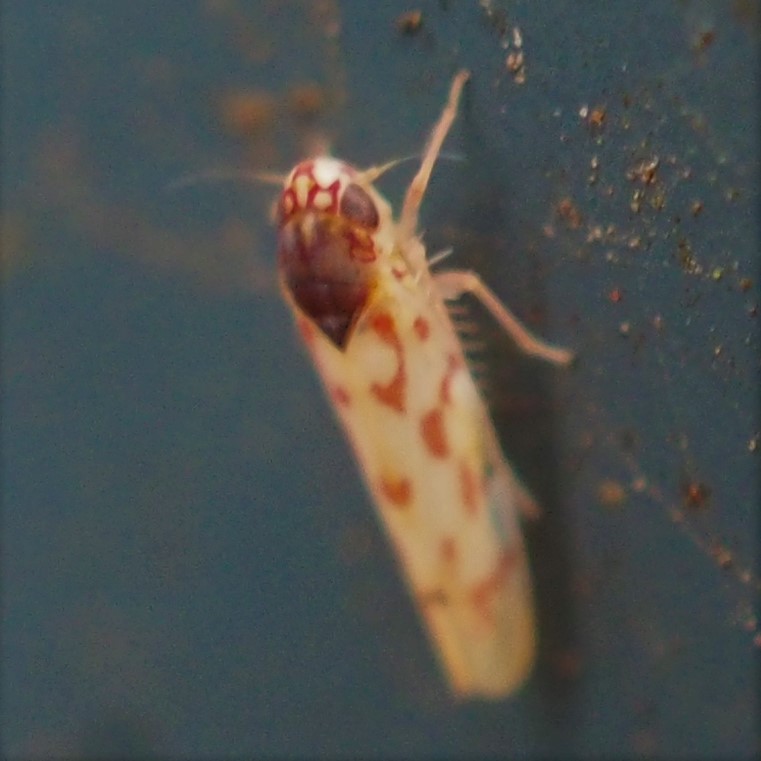
Then we had three variations on genus Erythridula. First and second are both red-marked variations, while the third is a similar pattern but in yellow.
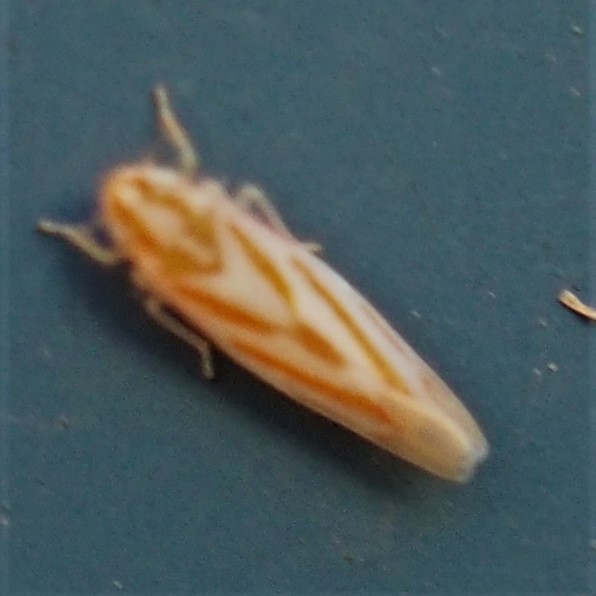
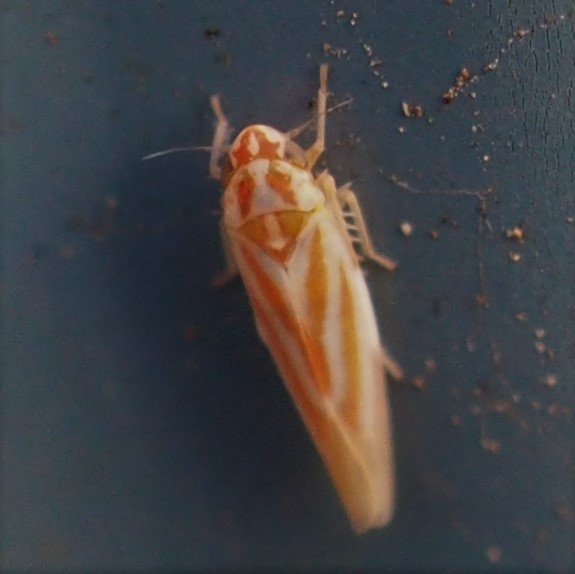
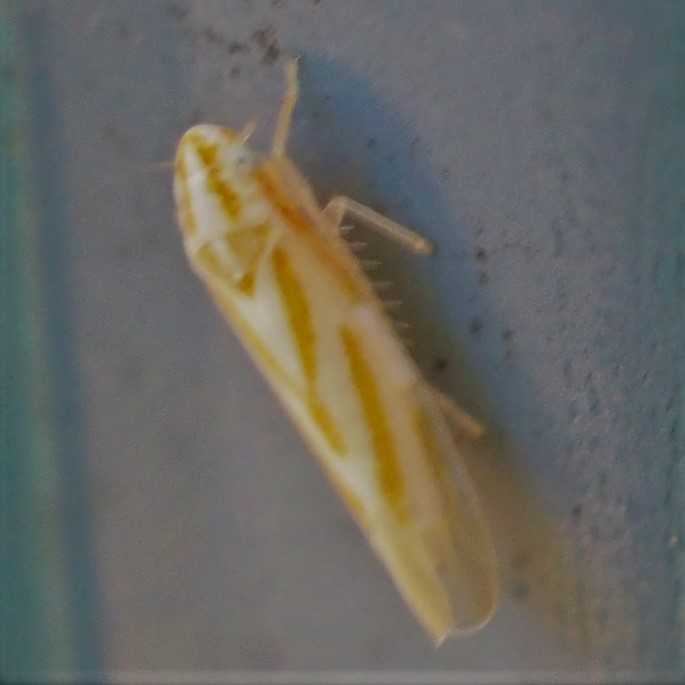
Eratoneura palimpsesta (pictures 1and 2) is one that always surprises me. It is a bit smaller than most of the Eratoneura genus, but the pattern is bold and beautiful. Picture 3 showed up in my photographs. It MAY be one of the Leafhoppers, or maybe not.
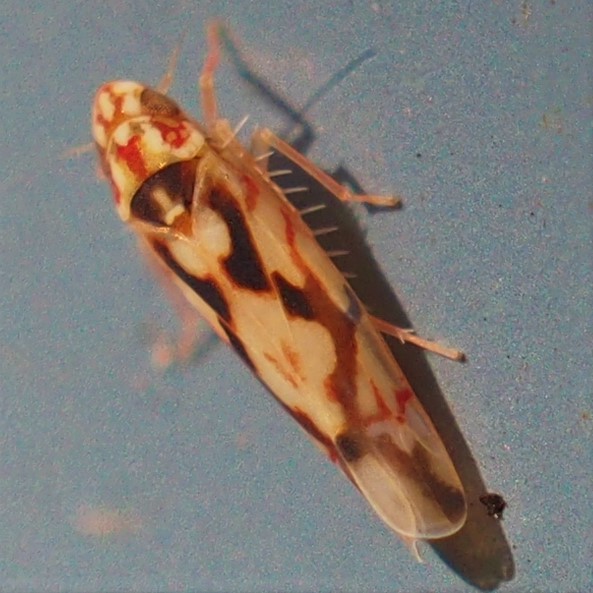

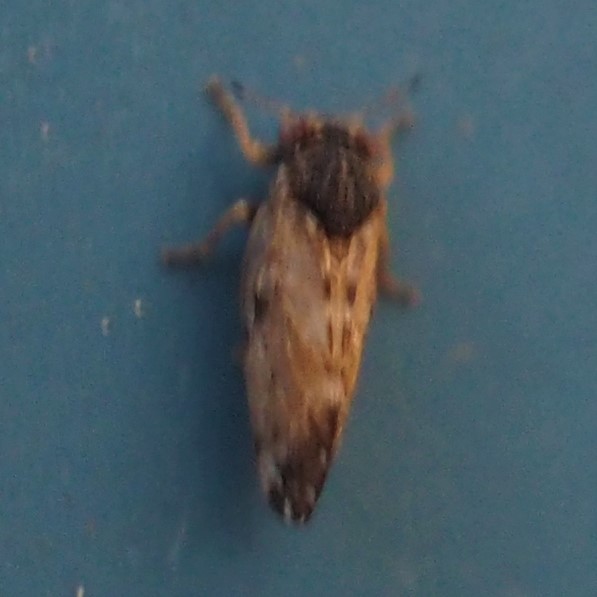
There were a few more Bugs related to the Leafhoppers. Maybe you remember this froglike little member of the Leafhopper genus Agallia. Well, this week we seem to have found a little more advanced form of it (pictures 2 and 3). And we also found a Pachypsylla, a little more distant relative of the Leafhoppers. This one causes galls on Hackberry bushes.
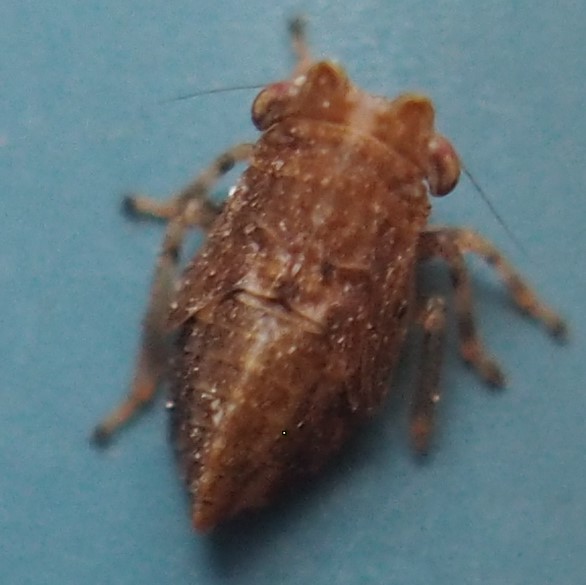
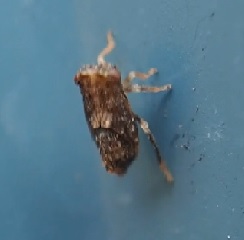
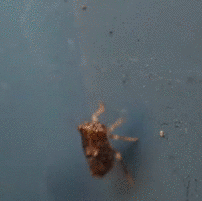
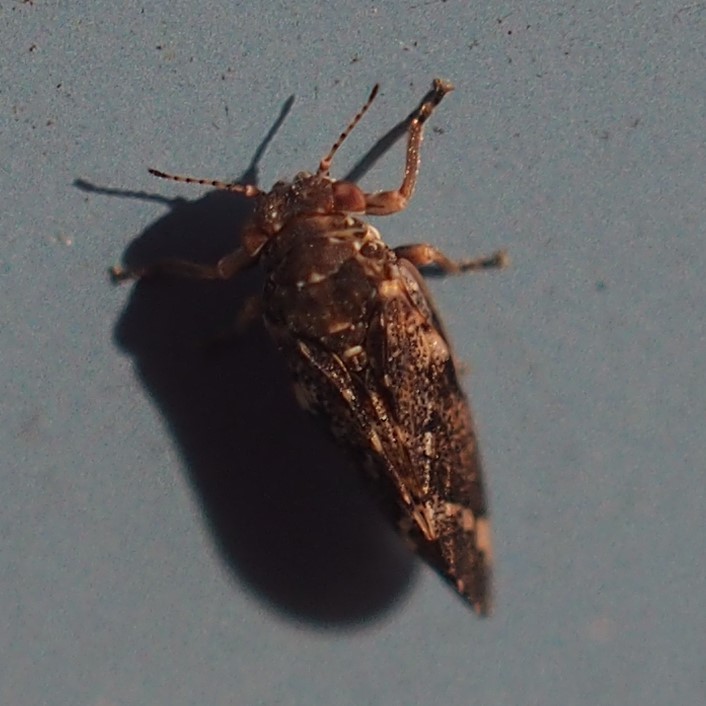
We have three more Bugs. First, Drymus unus seems to have finished courting, but maybe he is just looking around. Second, the famous Eastern Boxelder Bug. And Third, Eremocoris ferus (one of the Dirt-colored Seed Bugs)
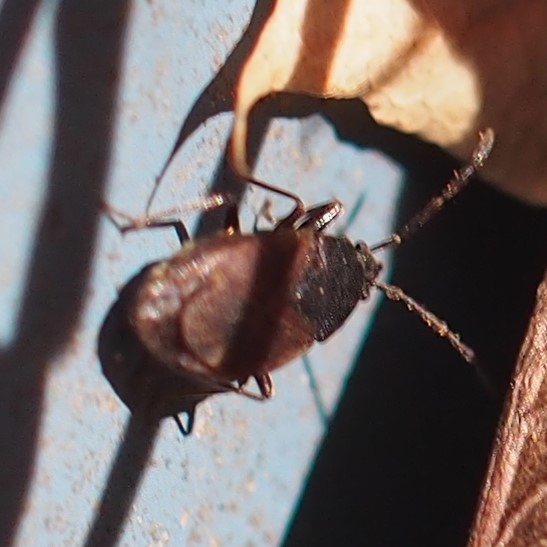
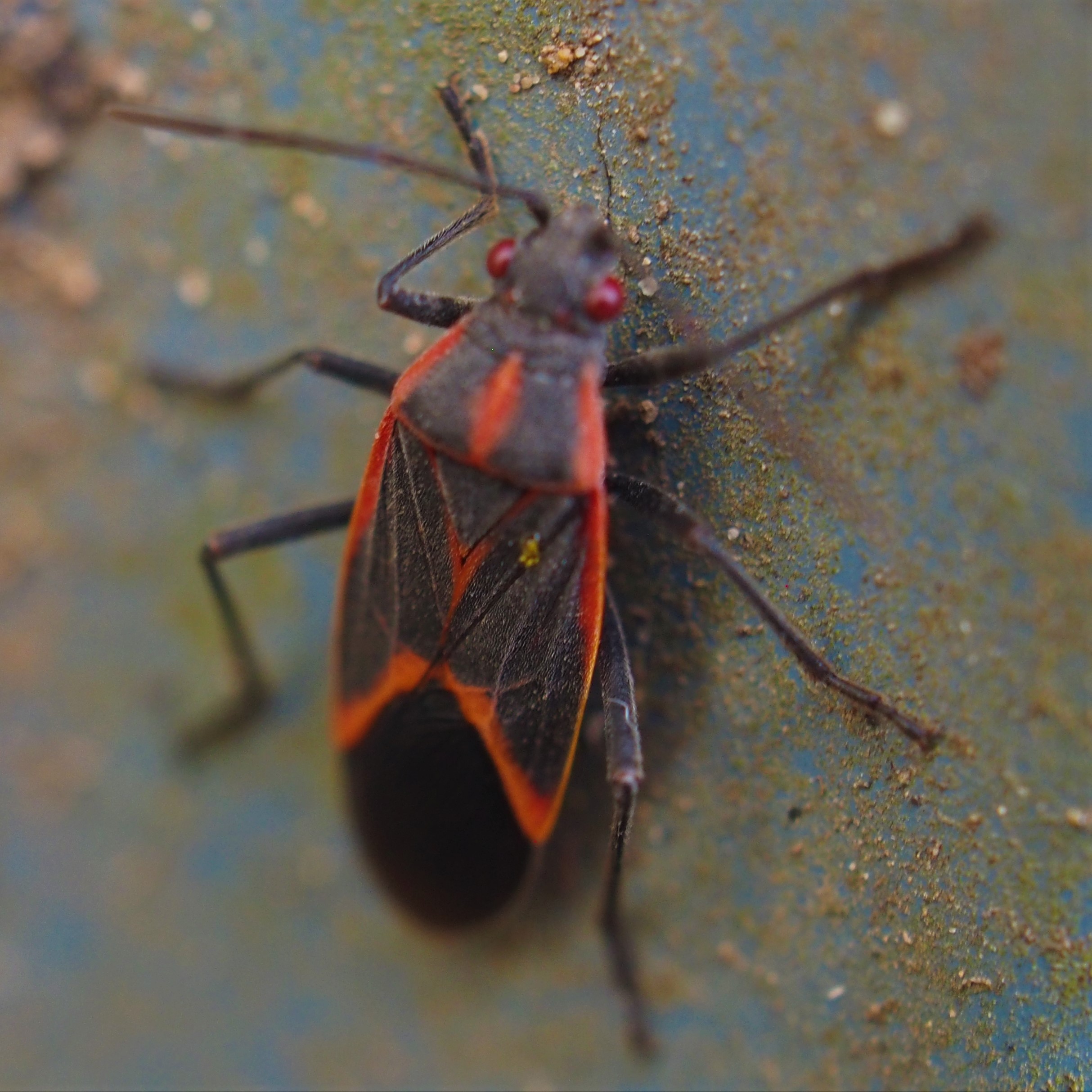
 11 10 22 1.jpg)
The Barklice are almost as sleepy these days as everything else. The only ones that are still visible in numbers are the Graphopsocus cruciatus. This first one seems to be admiring that flower-like seed. Second, a nymph is growing. And third, this nymph is probably Metylophorus novaescotiae, fattening up on what's left of the lichens. Oh, I almost forgot to mention this baby Valenzuela, I'm guessing, because of the yellow color.
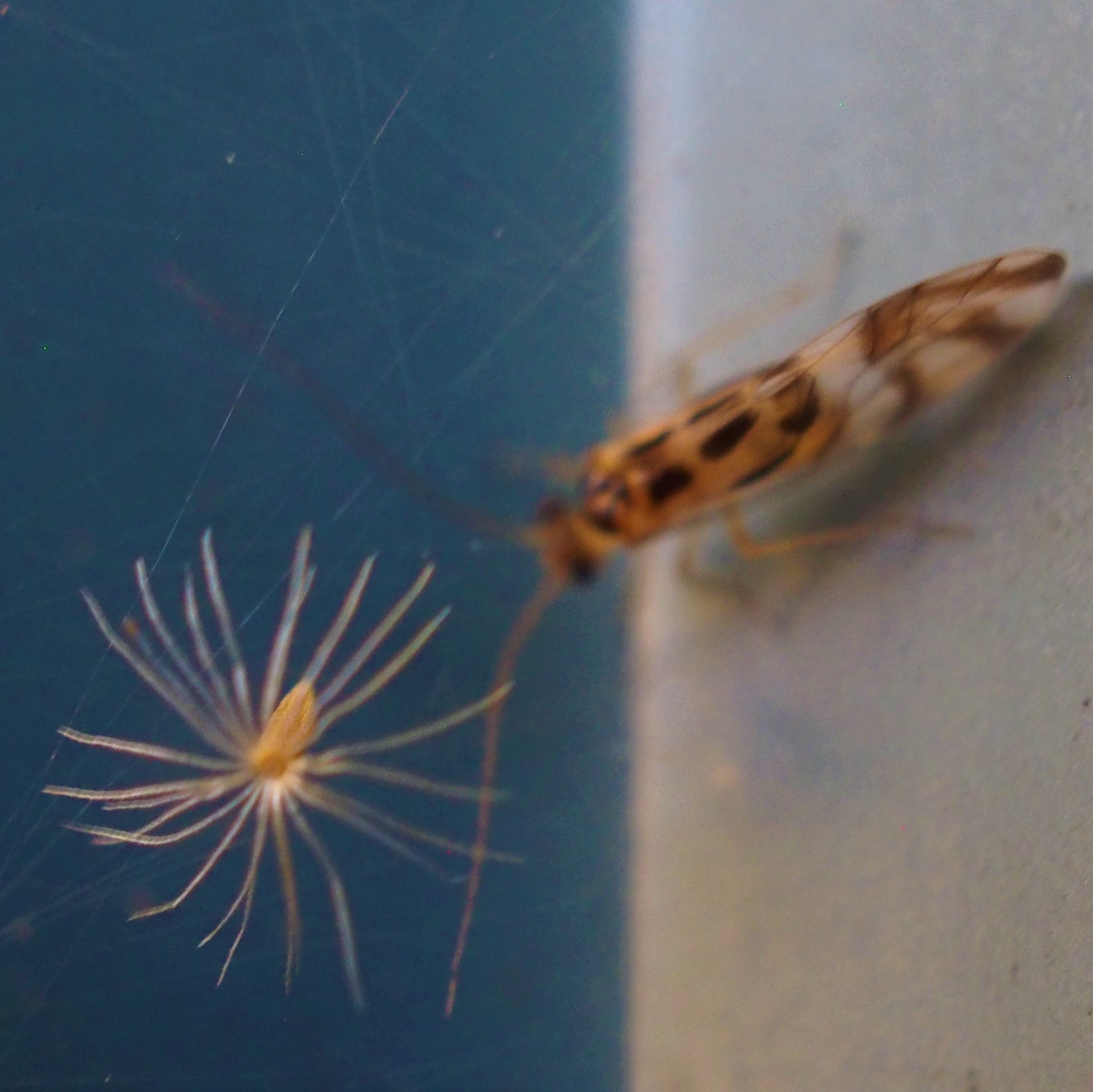

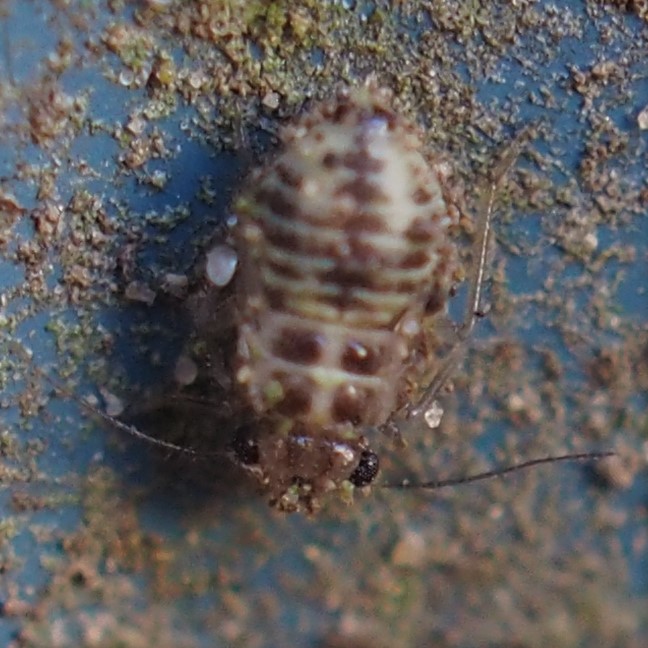
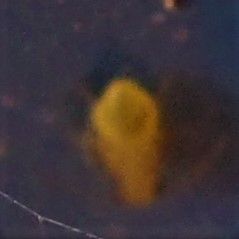
There were quite a few kinds of Flies out there this week. The third one is either a Fungus Gnat or a Gall Midge. I think number 3 is a Fungus Gnat. These are so hard to identify exactly!
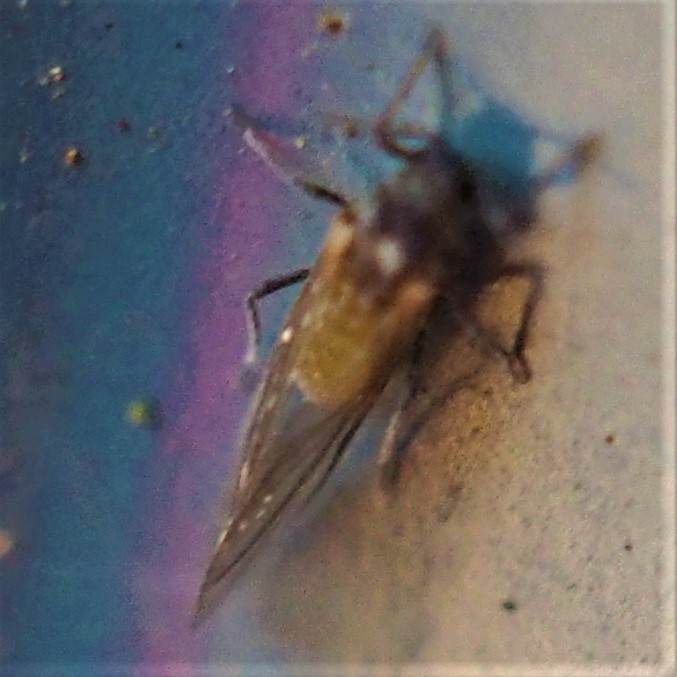
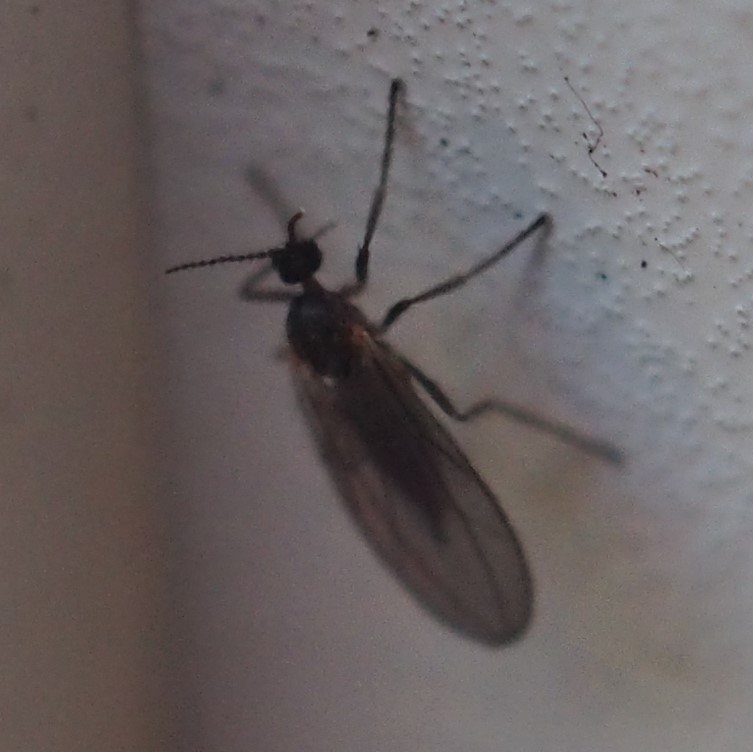
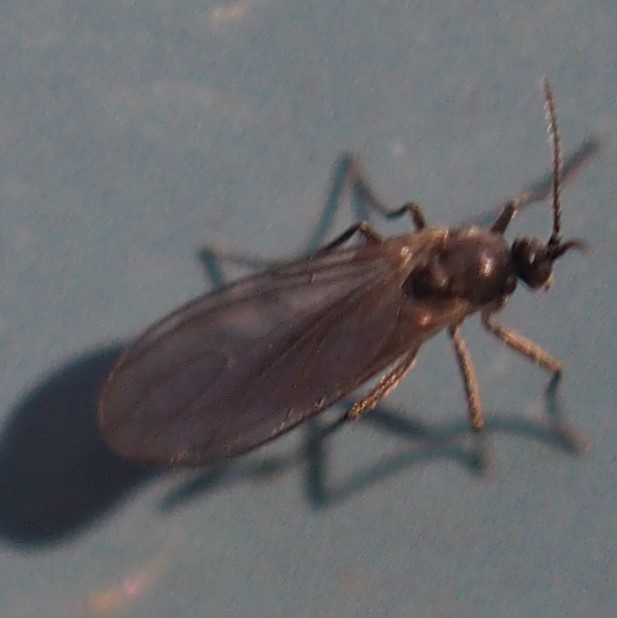
First we see a Fly in genus Suillia. It MAY be Suillia quinquepunctata, the 5-spotted Suillia. Second and third show a Small Fruit Fly. It IS much smaller than the first one. You can probably guess that the two Flies are related somewhere up the family tree.
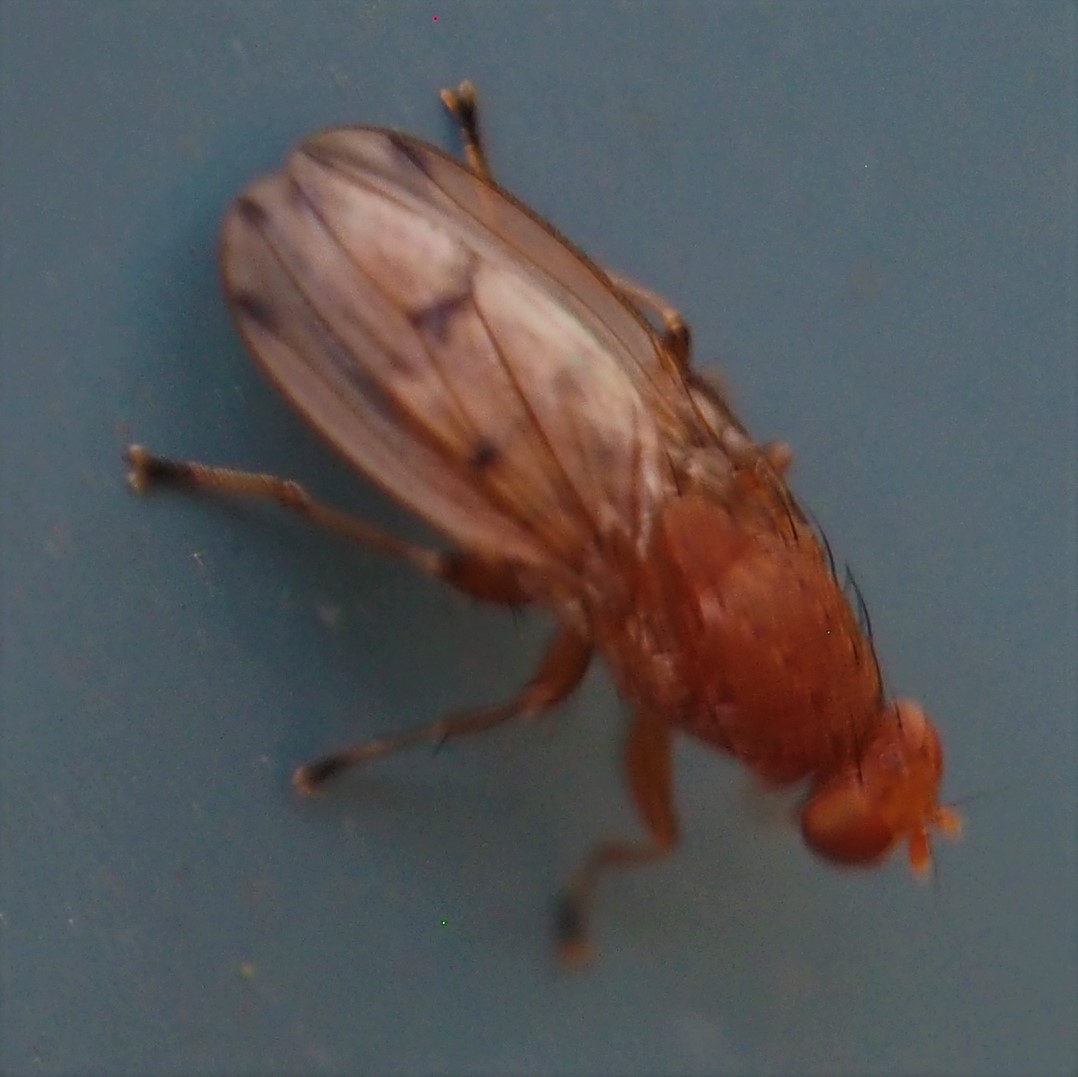
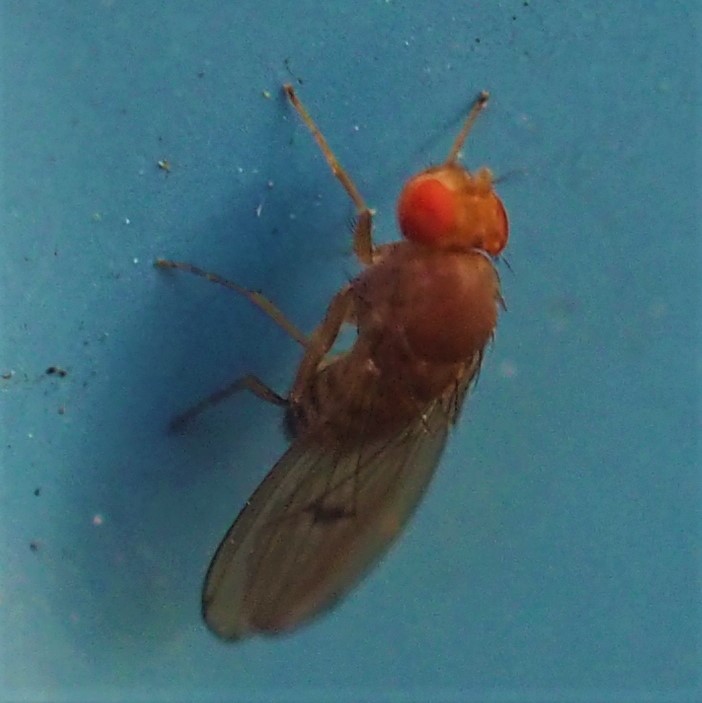
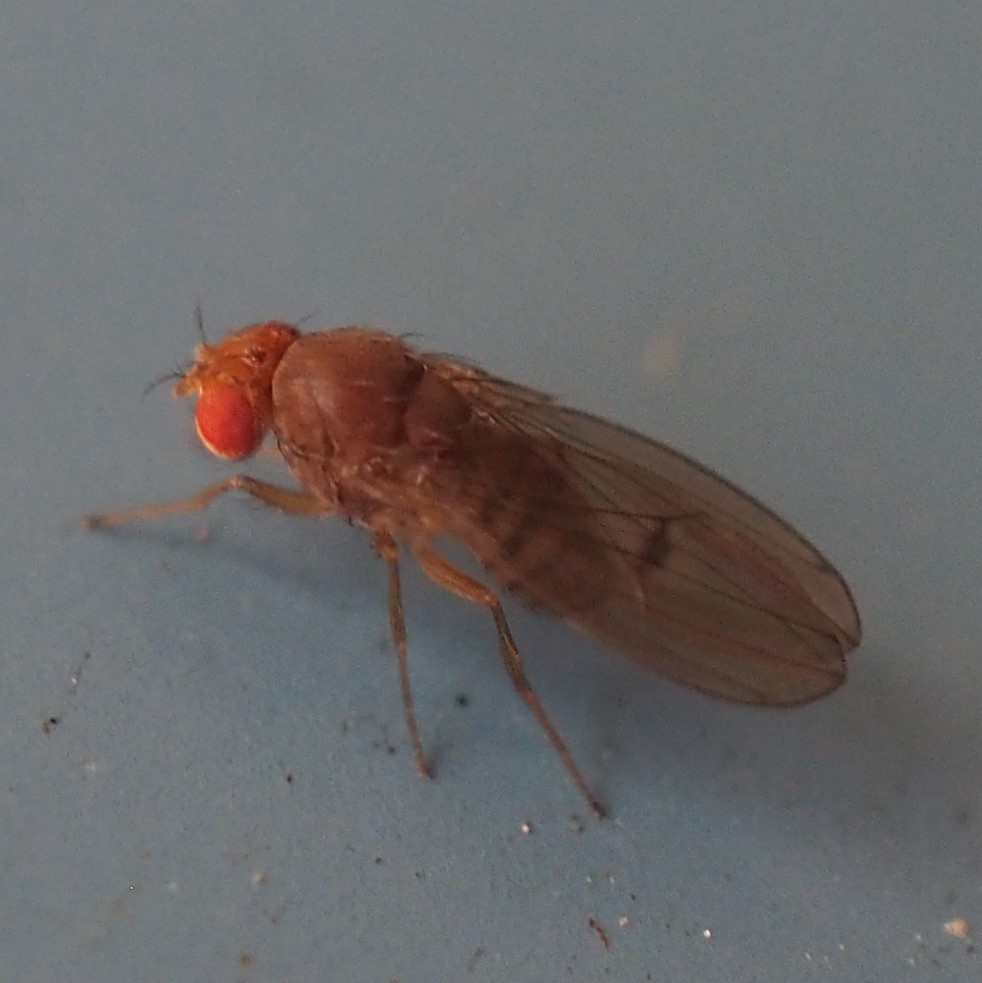
This first Fly shows that it has a good deal of WIP in its wings. It isn't so easy to predict in the Fly in picture 2, but you can see it in picture 3.
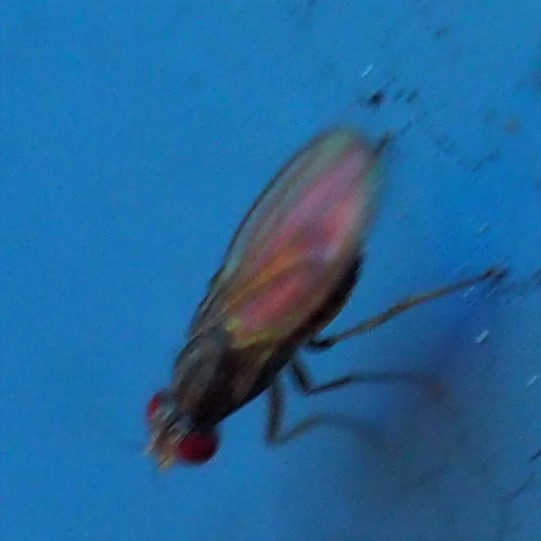
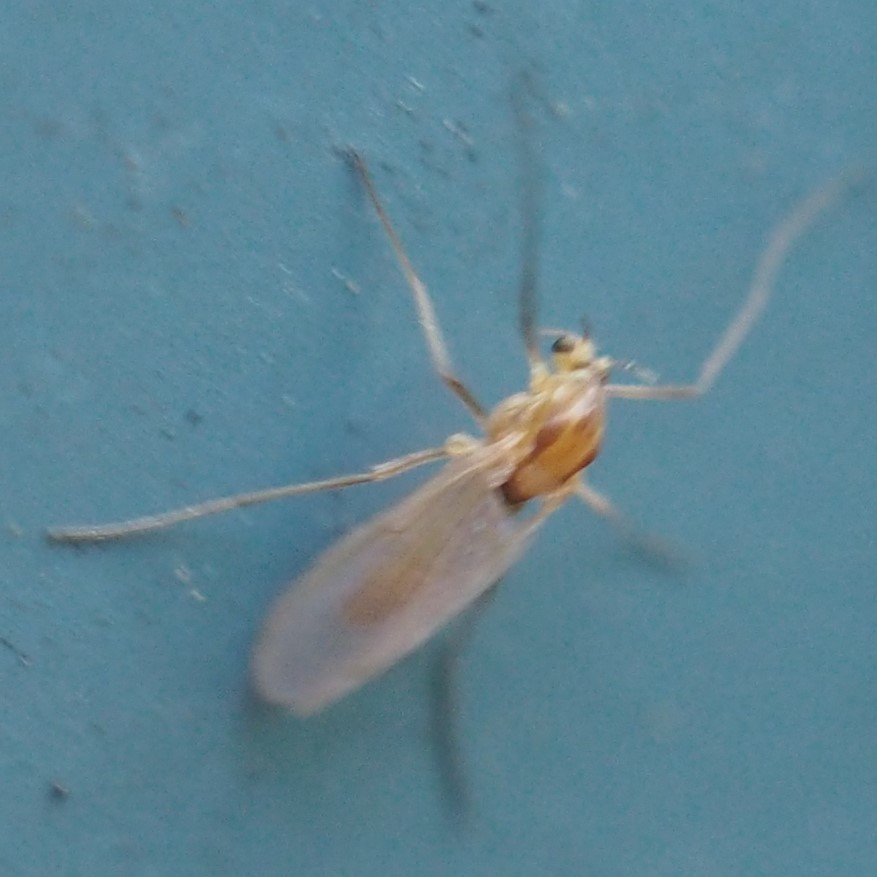
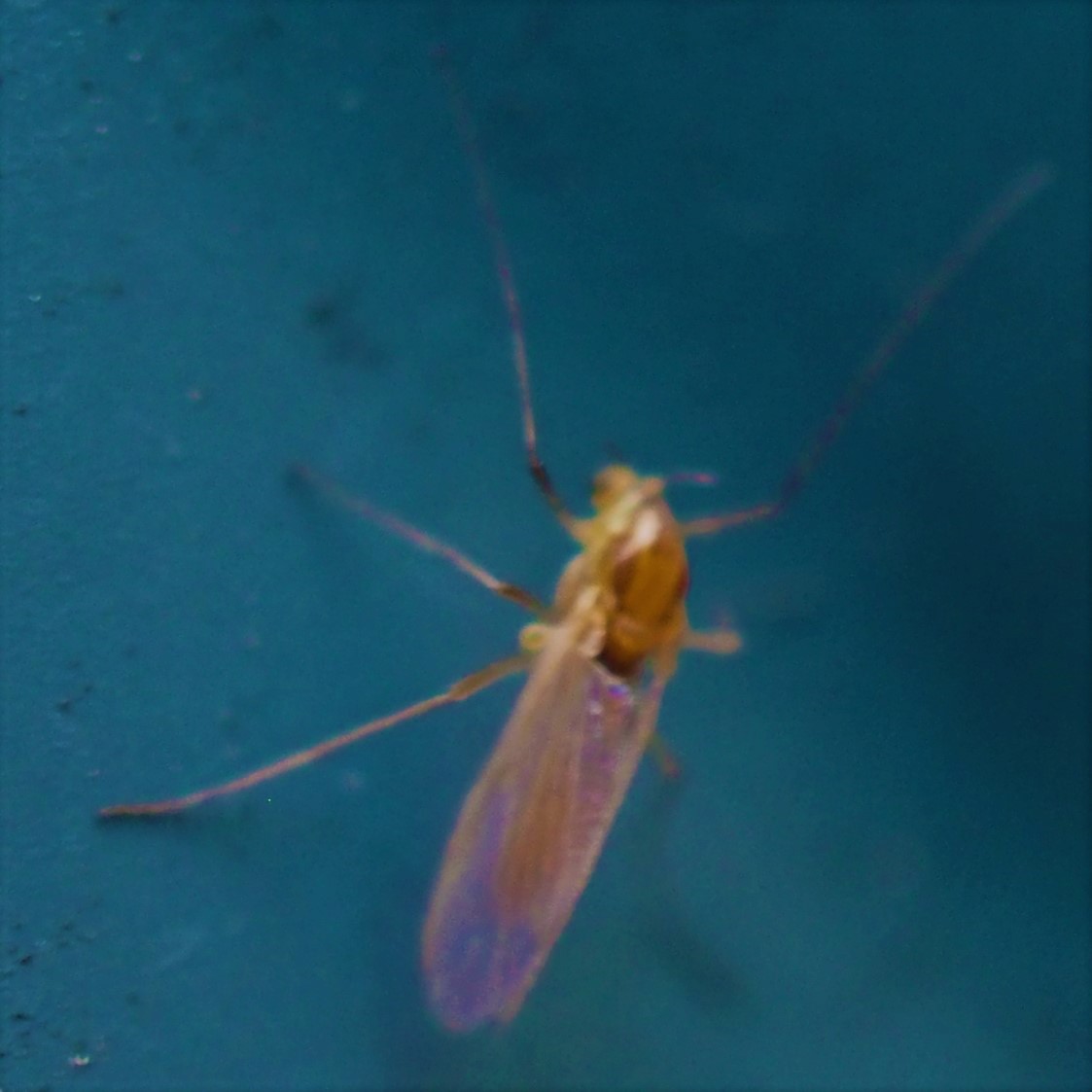
Here is that Smoky-winged Woodlouse Fly again, male this time. The last Fly is a very little one on a yellow leaf.
 male 11 6 22 1.jpg)
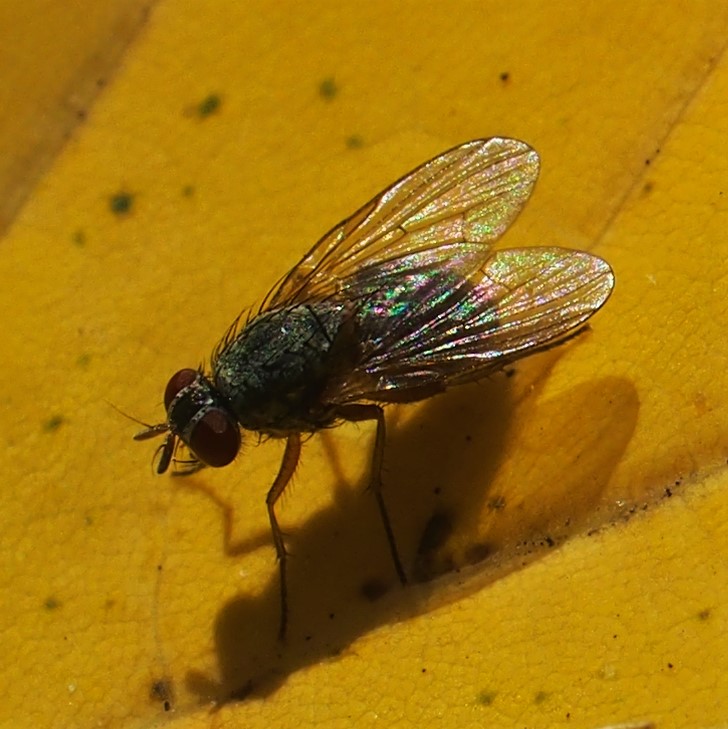
Here are some of the denizens of our Lacewing zoo. They all seem to be Micromus posticus, one of the Brown Lacewing family.
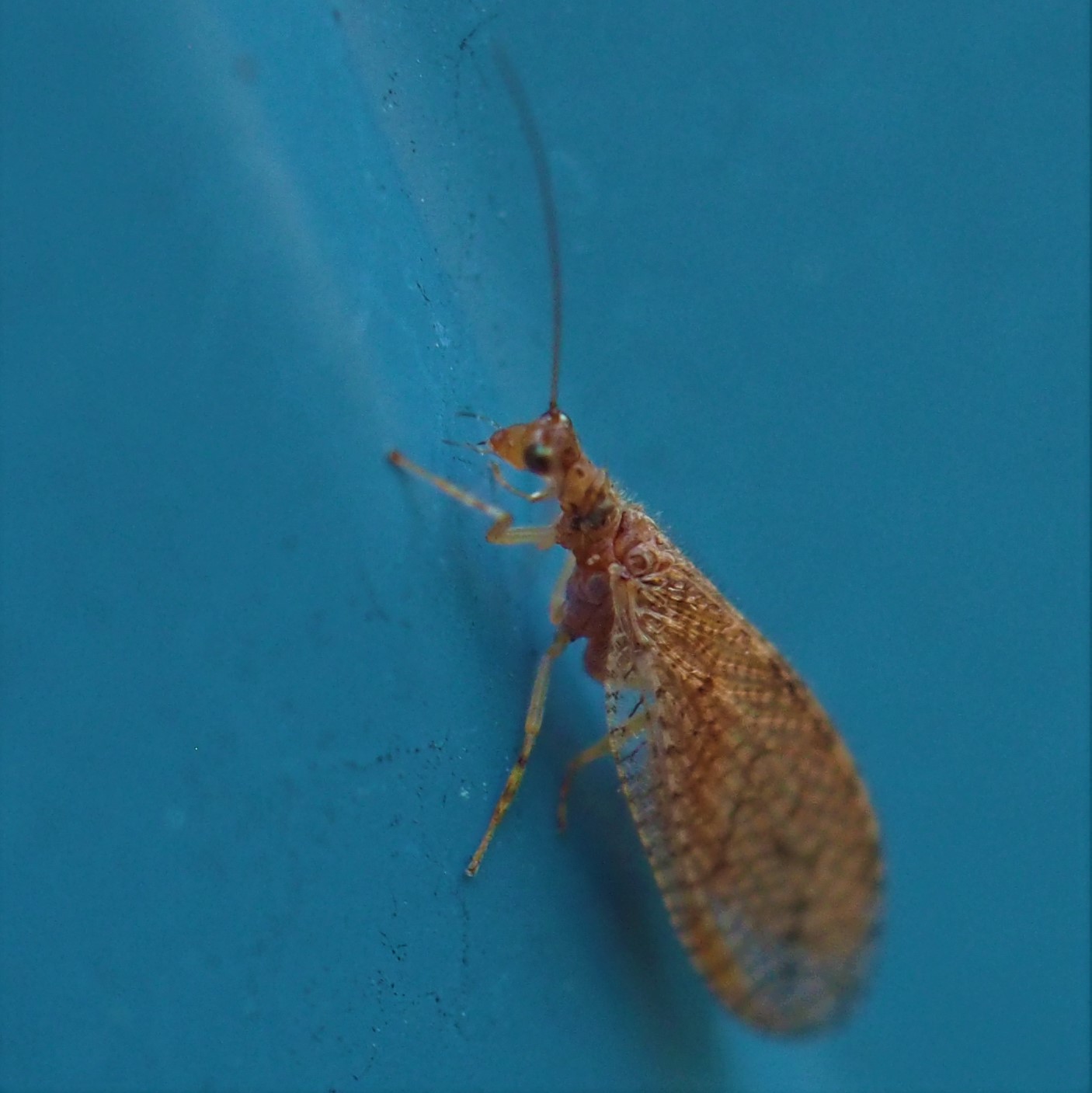
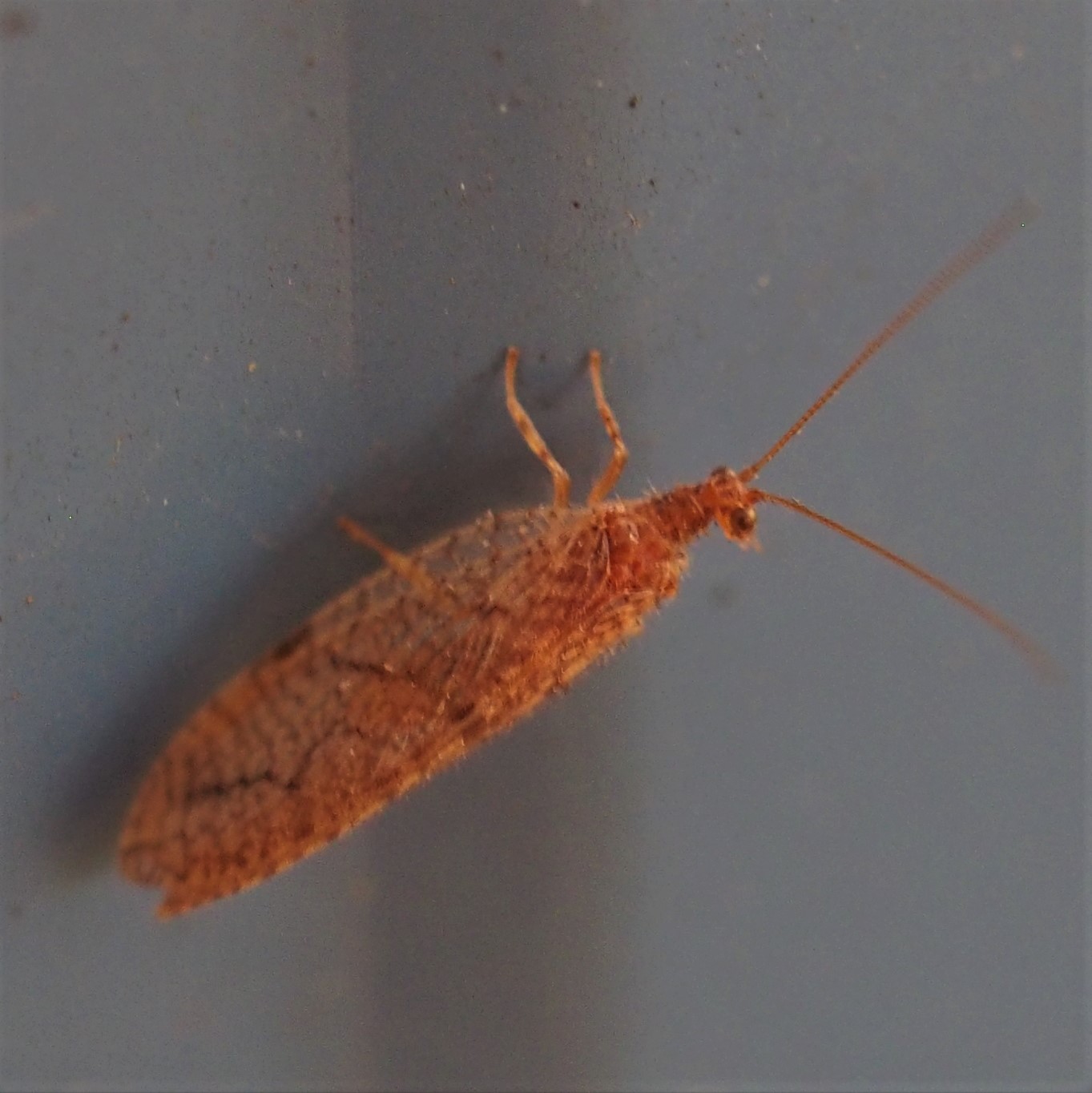
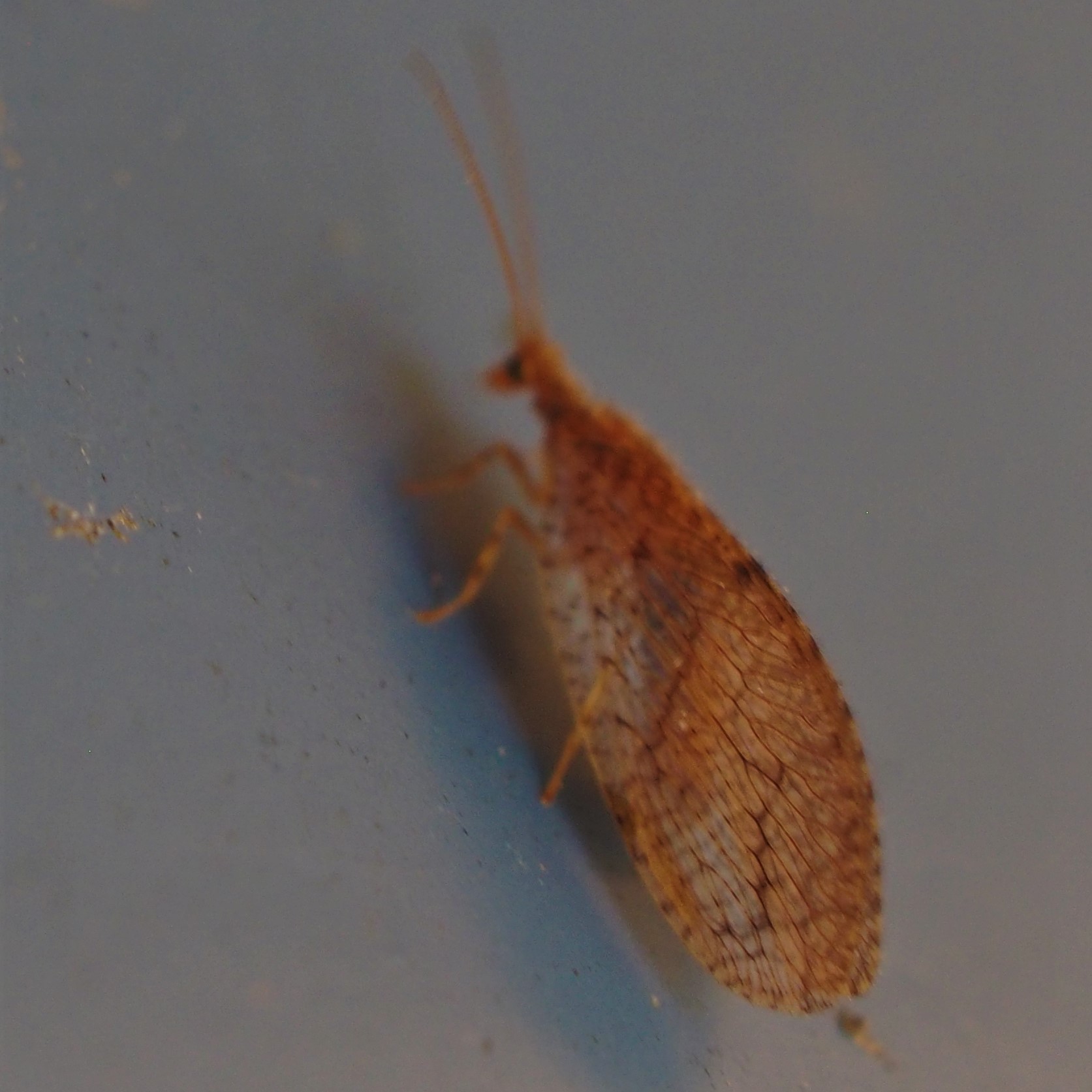
It seems lately that every time I spy a new Looper it is even smaller than ones I've seen before. Here you can see how they loop along. They really do seem to be measuring the earth under them!
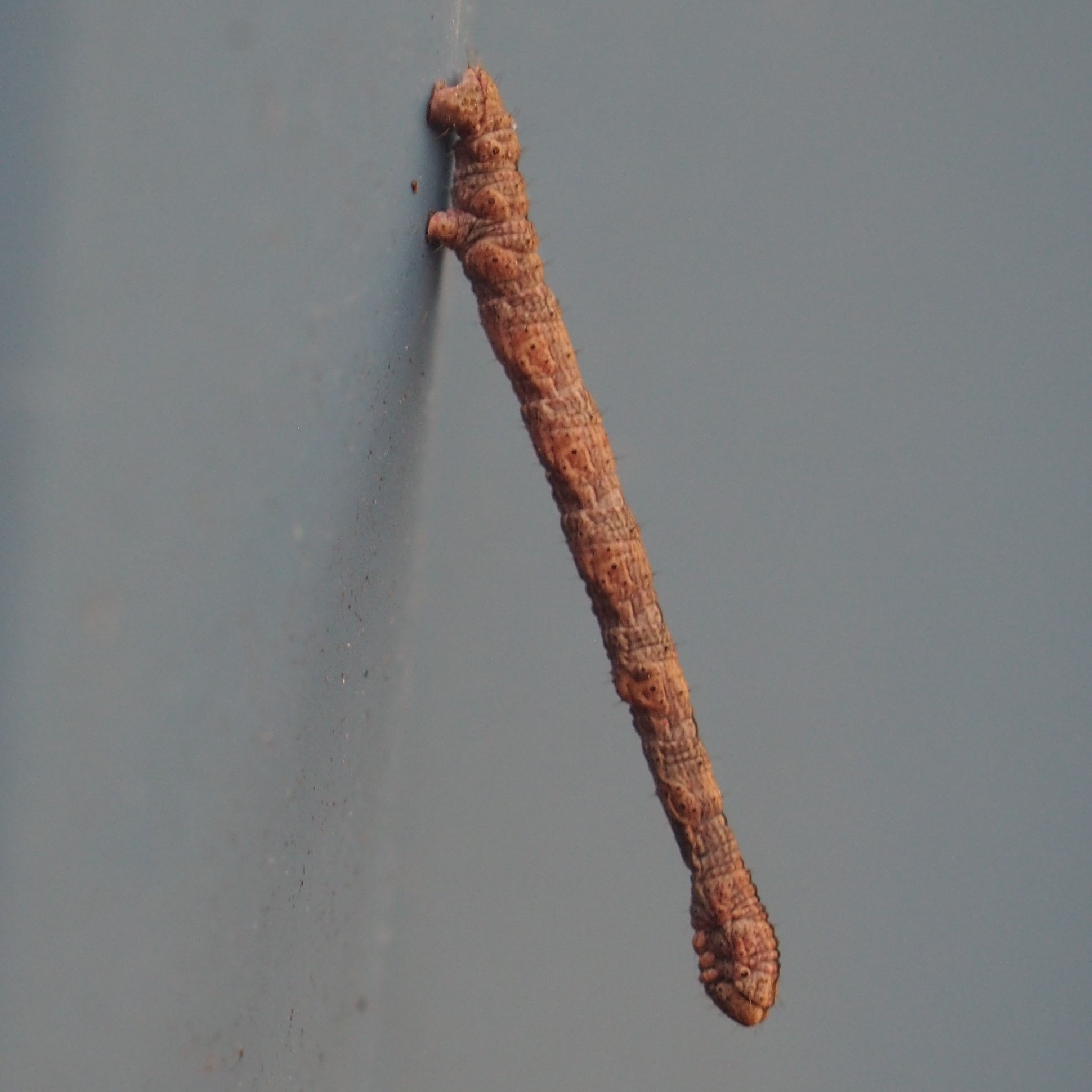
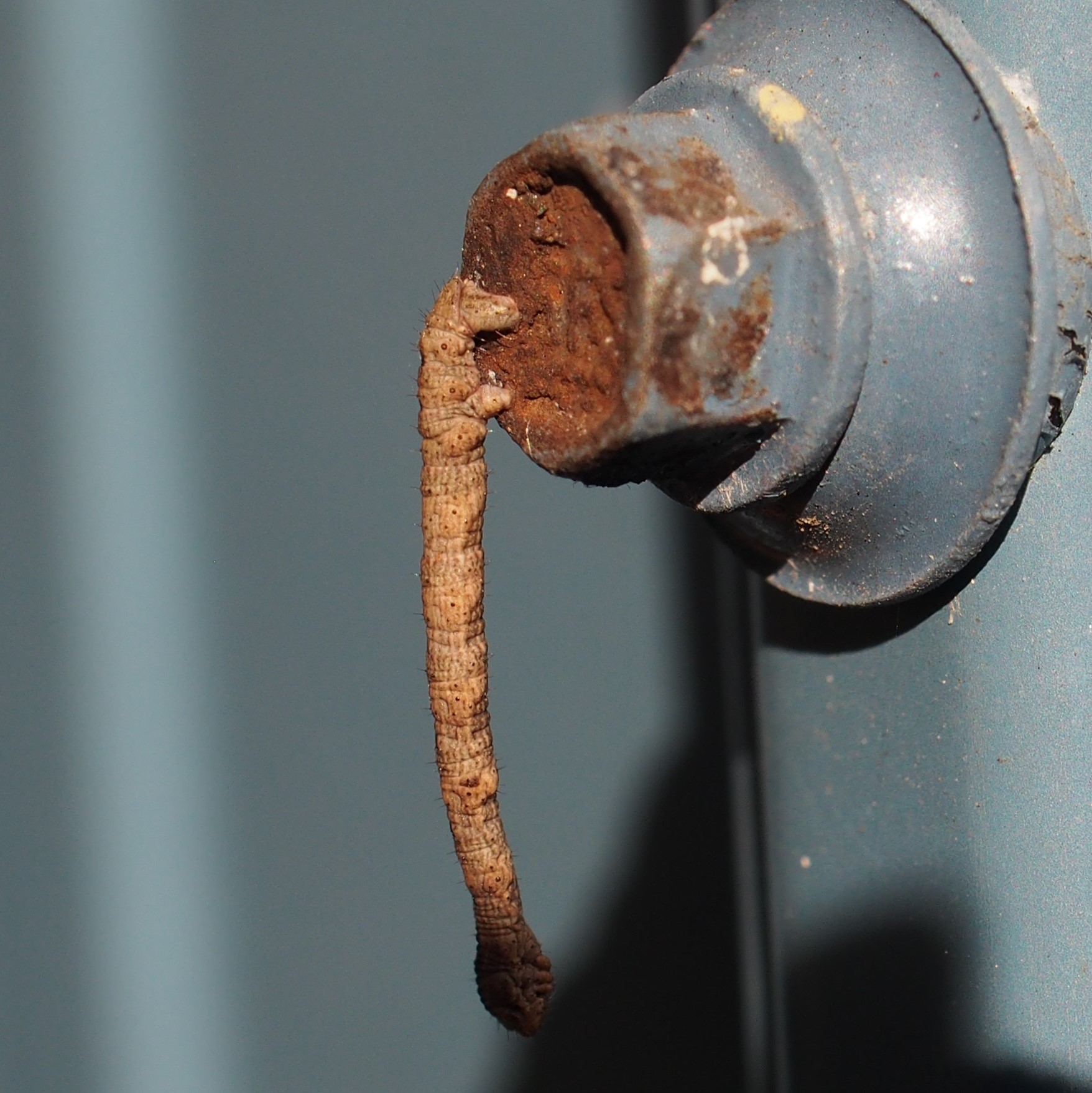
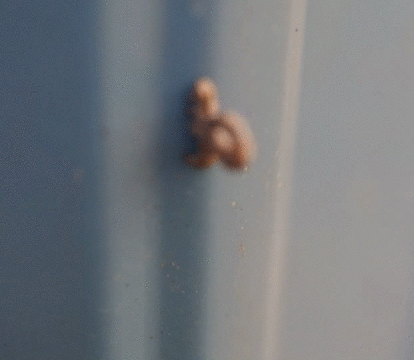
I have been saving one batch of creatures until I figured out what to call them. Last year and earlier in the spring of this year these fellows who make their houses out of sticks came to the name Common Bagworms. Picture 1 shows one as late as August of this year. The next were from June 2020.
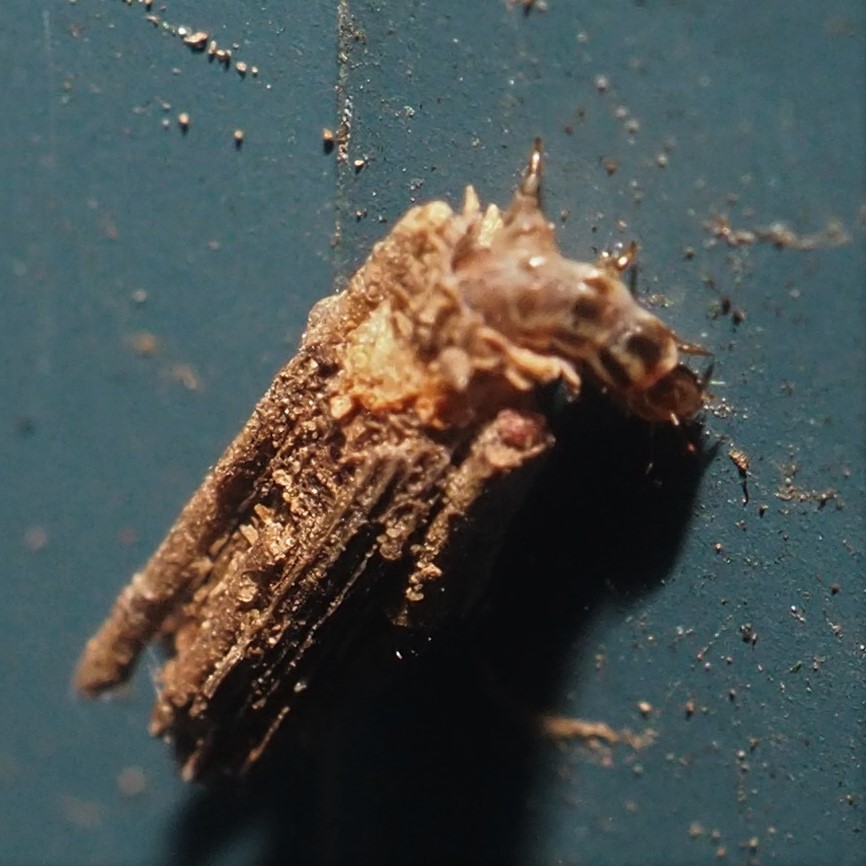
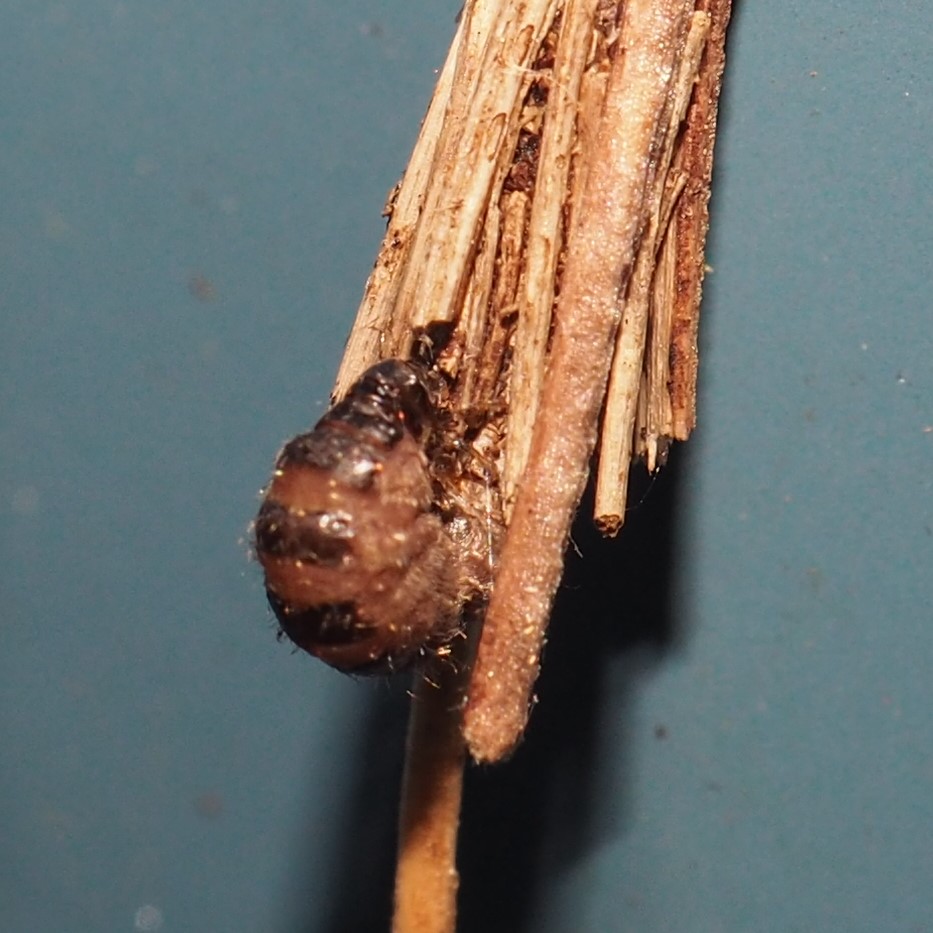
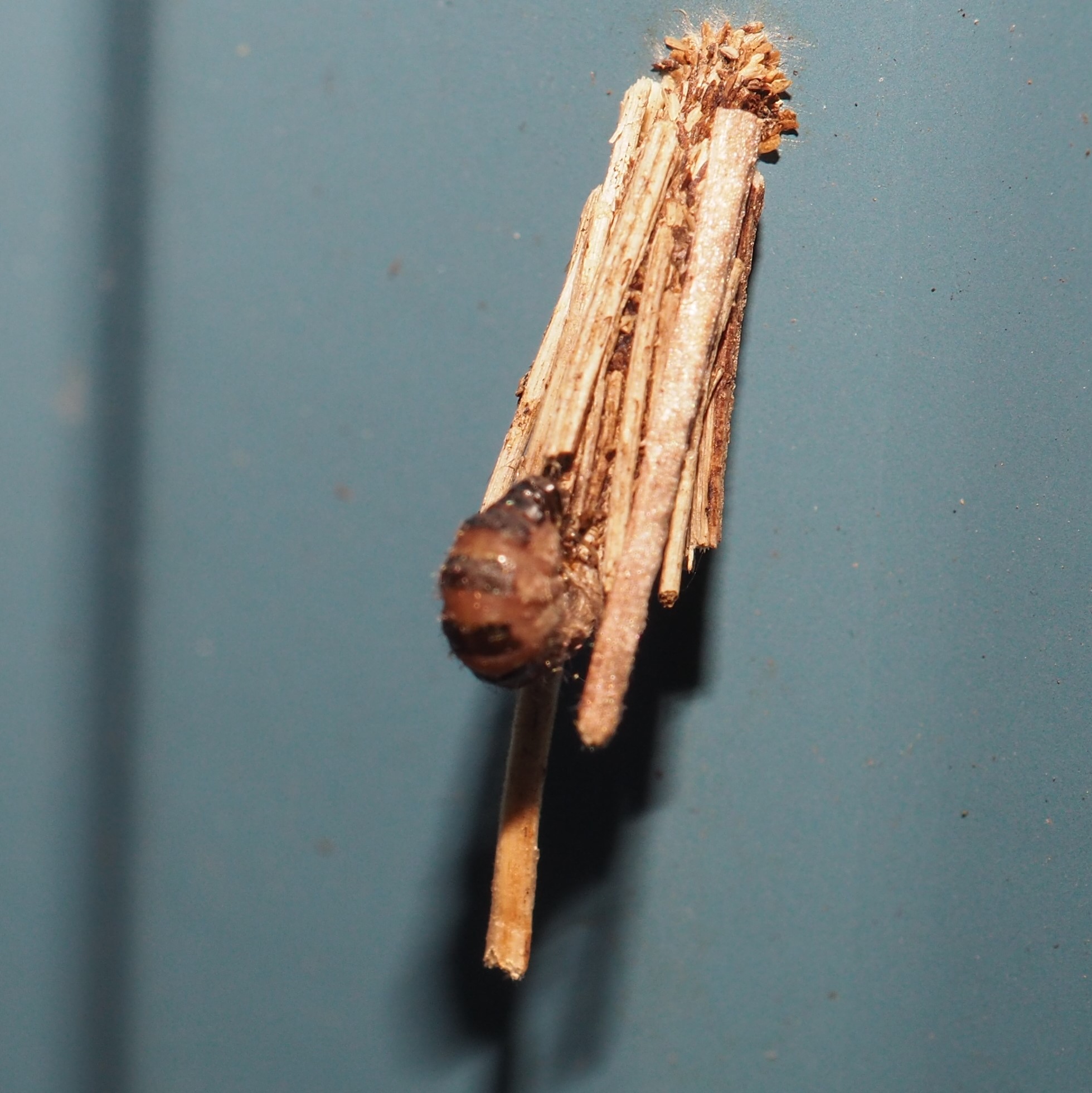
But what we've been seeing this fall are many who made their houses out of softer stuff. GIF 3 shows you how it moves along the West Wall.
Flash! MJ Hatfield sent this last night: "Your little larva in a case is a Coleophoridae, case bearing micromoth. They make their cases out of their host plant and body secretions.
On your common bagworm, I confined one once on my front porch (that I had reared) and oh my goodness, since she doesn't have wings she had powerful pheromones and did the males ever come to my front porch. Couldn't open the front door without them getting into the house." So now we know a bit (a big bit, that is) more than we did before. Thanks MJ!
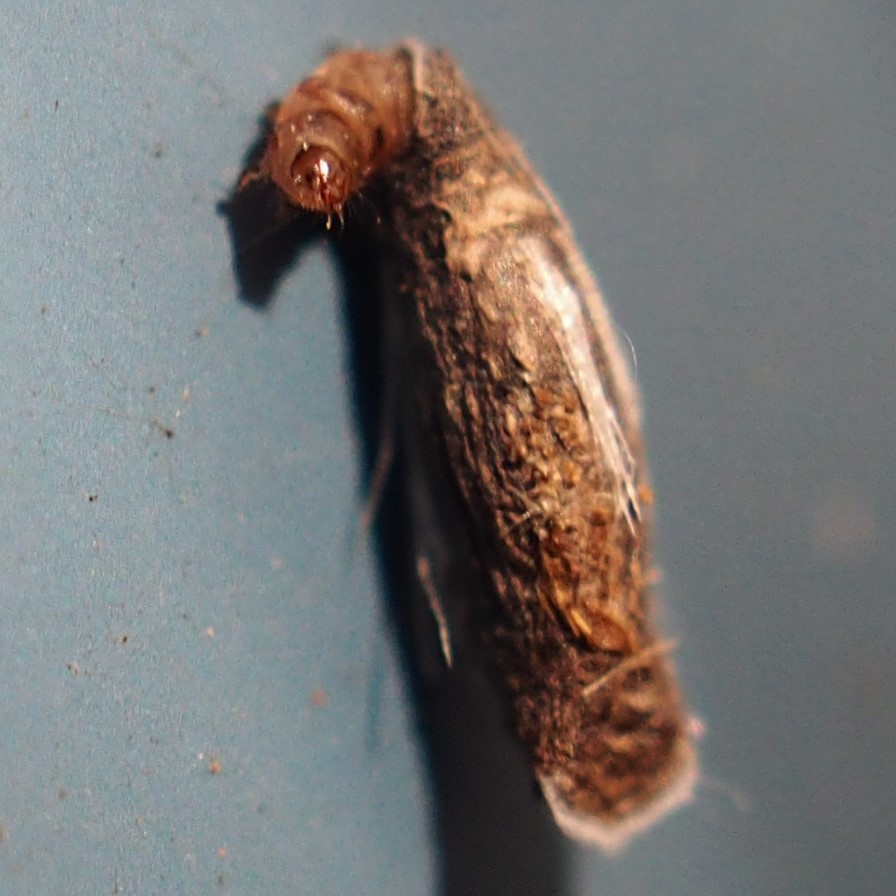
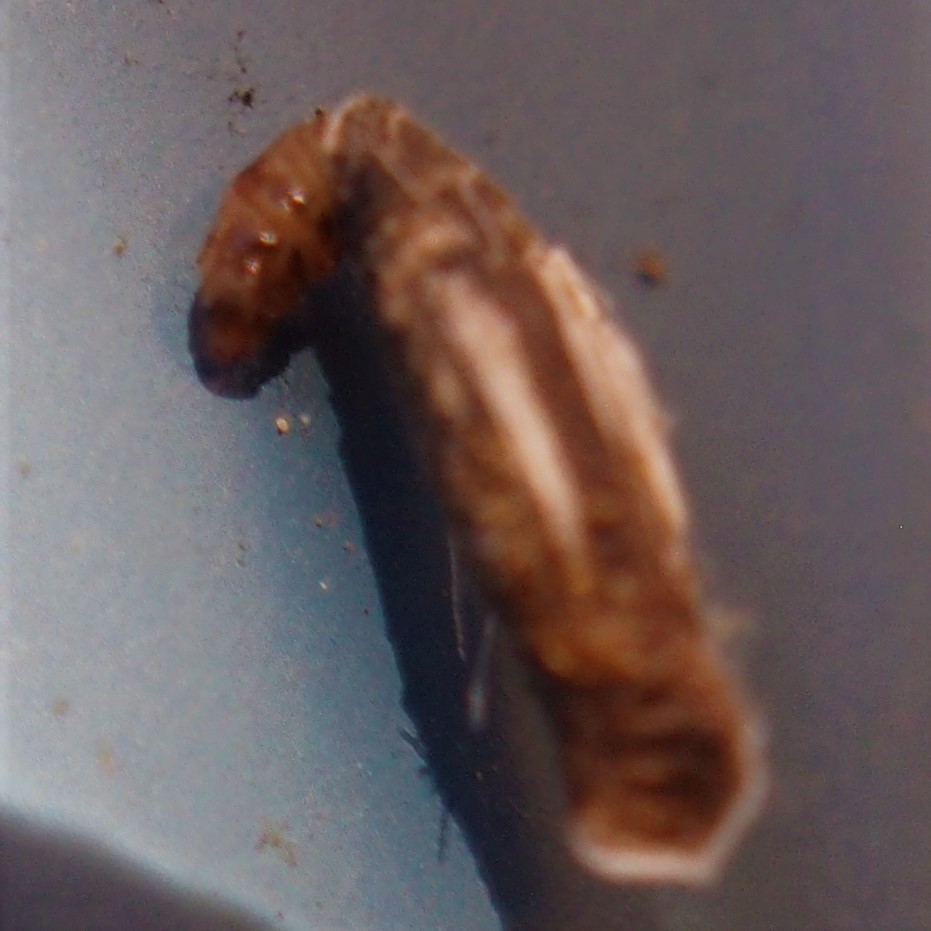

I would take you along on a Color Walk if the whole universe didn't seem to be trying to wipe all the color off itself. But there are a few bits of Color in the corners of this yard. Let's see what we can find. Here is the Euonymus at the beginning of the week. Then you see that last Dogwood leaf, just waiting to fall off.

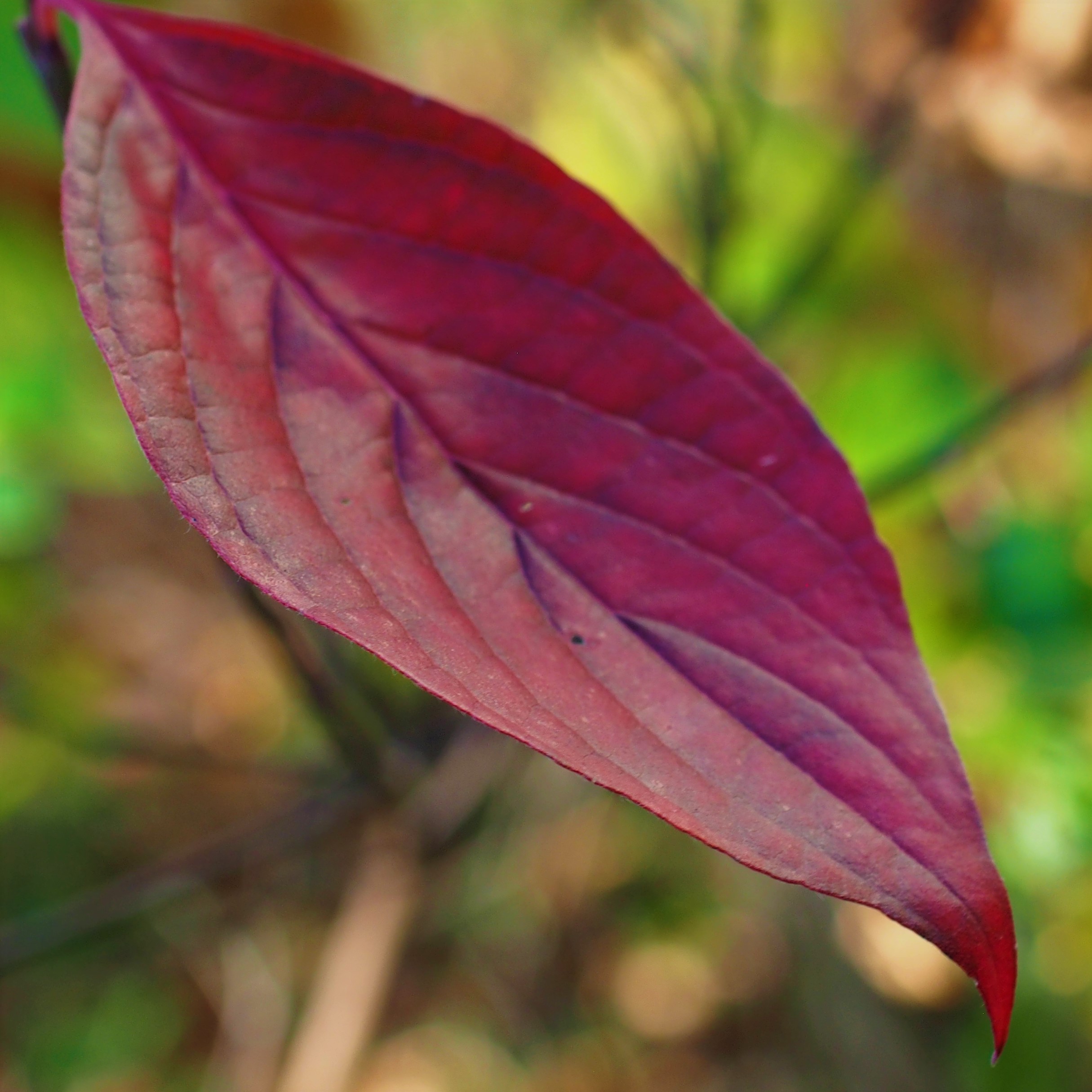
The leaf net isn't full. In fact, what you are seeing is the reflection of a sky full of leaves just waiting till I turn my head to fall. In picture 2, you see a red Fish floating close to the surface. He hasn't eaten for a month now and his metabolism has fallen so that he will gently float to sleep near the bottom of the pond, down near the Frogs, who have probably gotten very sleepy too. I did get one of the Frogs the other day in the net as I was cleaning out the leaves, so they probably aren't totally asleep yet. I long for those days in the summer when it seemed our Frog-human friendship would never stop.
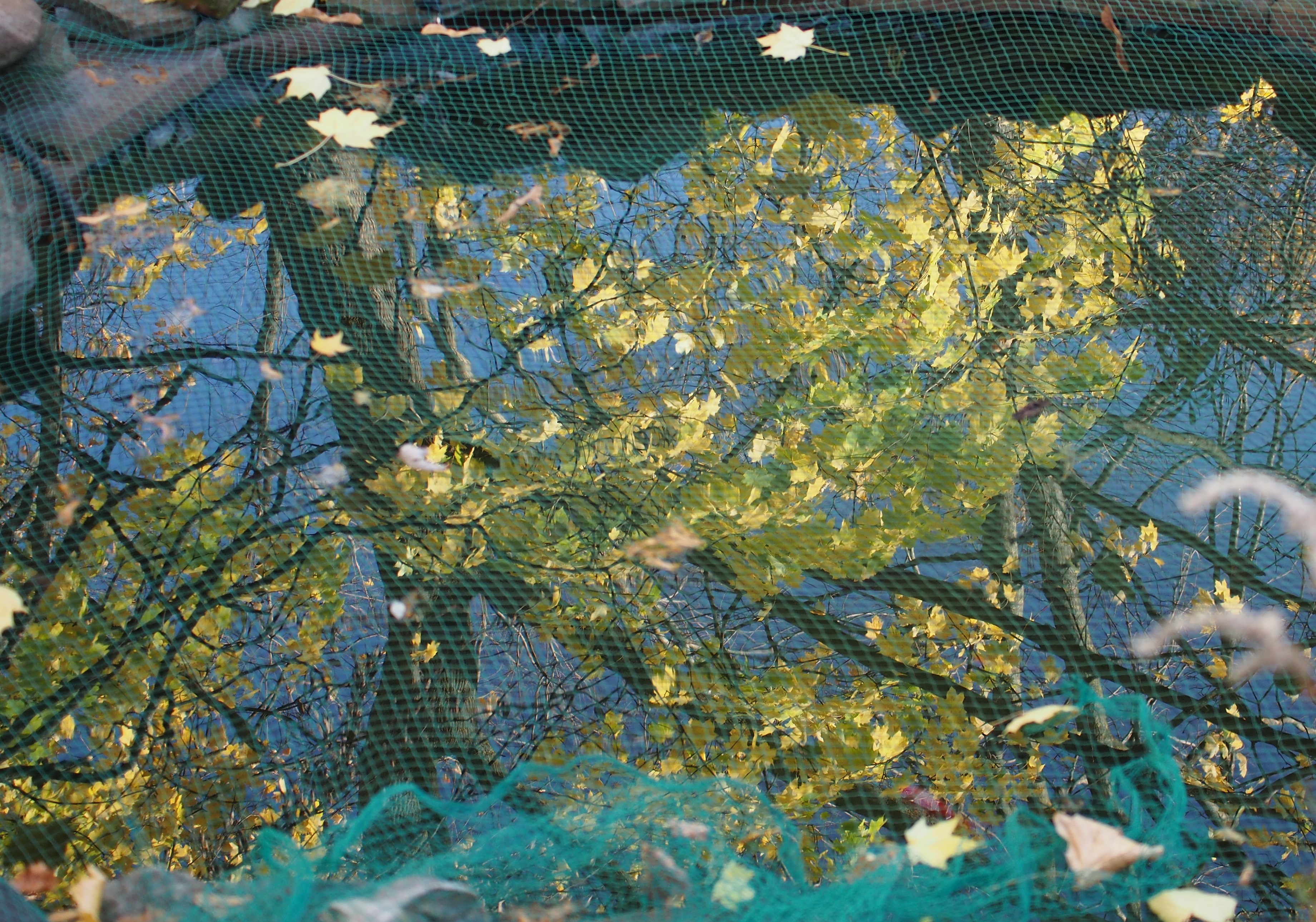
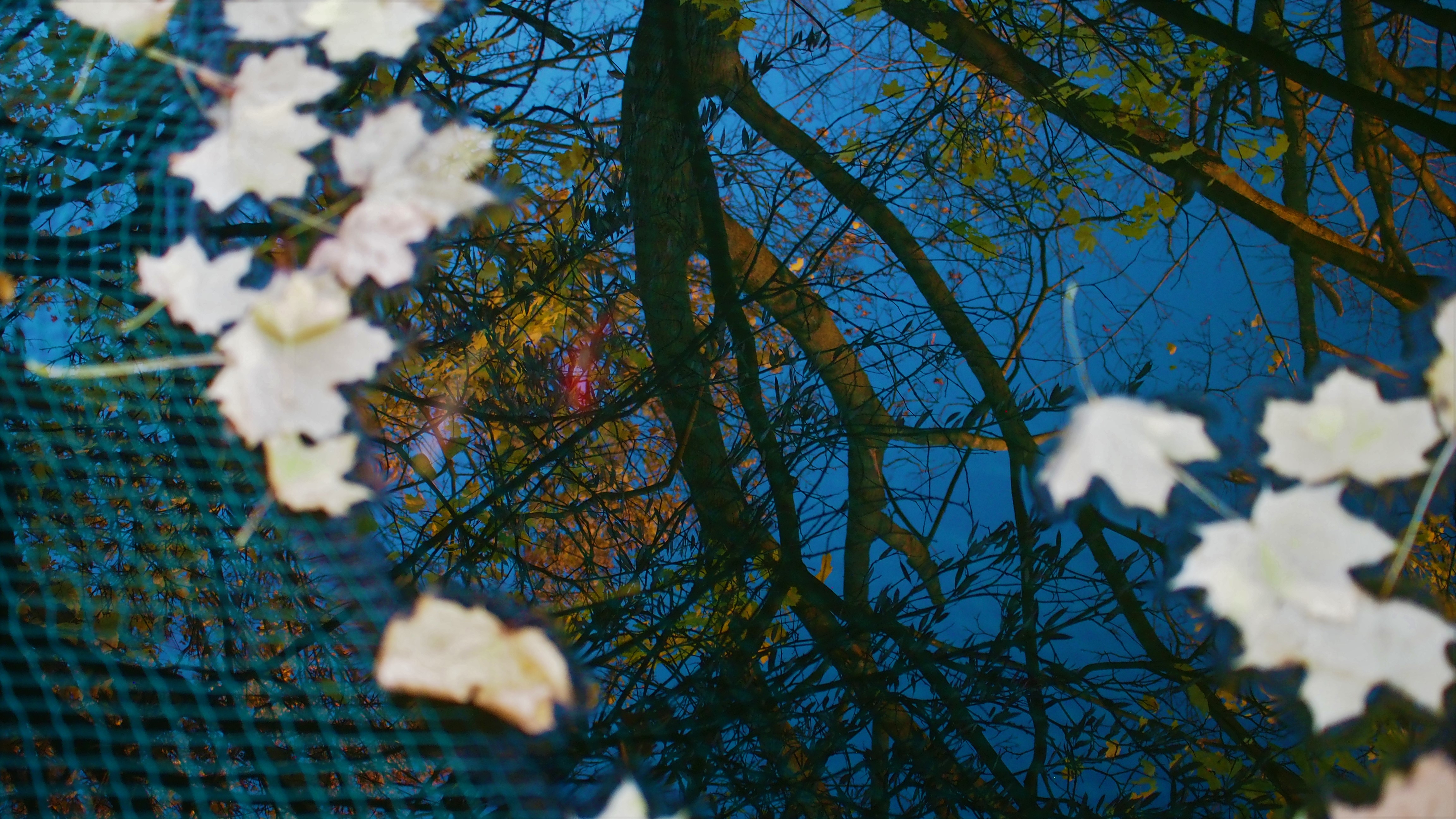
Well, that was your Color Walk for this week, which means it is time to survey our Spider friends. Here is our Common House Spider. The new camera seems to be learning how to recognize these friends. The third one is lugging around a bit of Graphopsocus cruciatus.
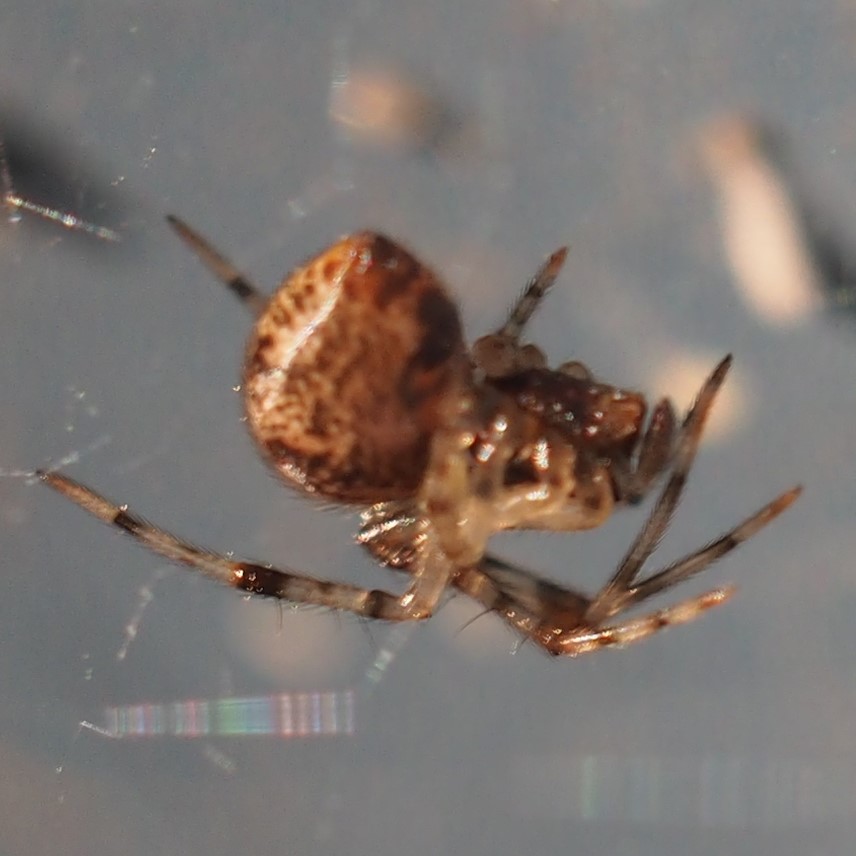
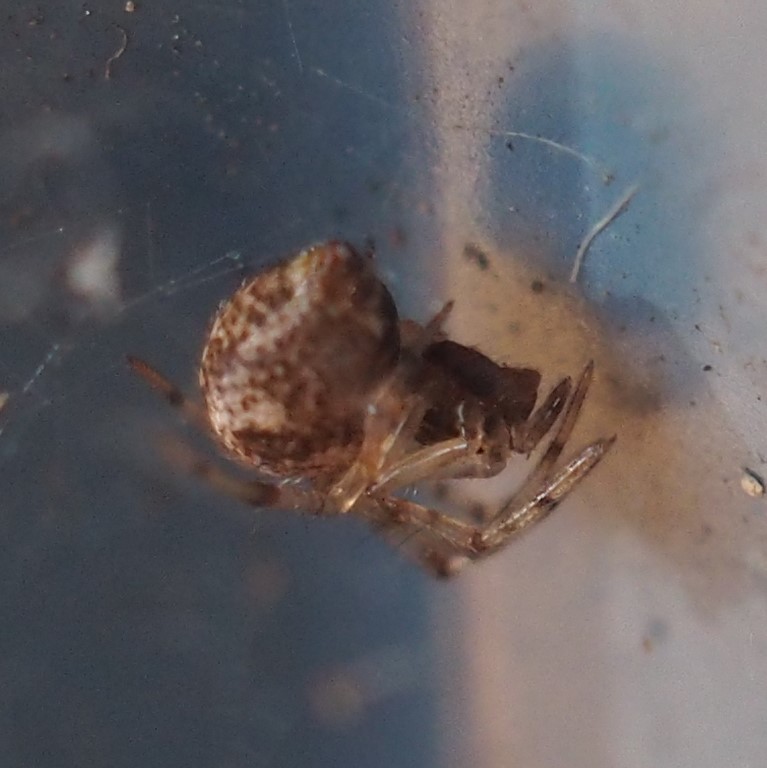
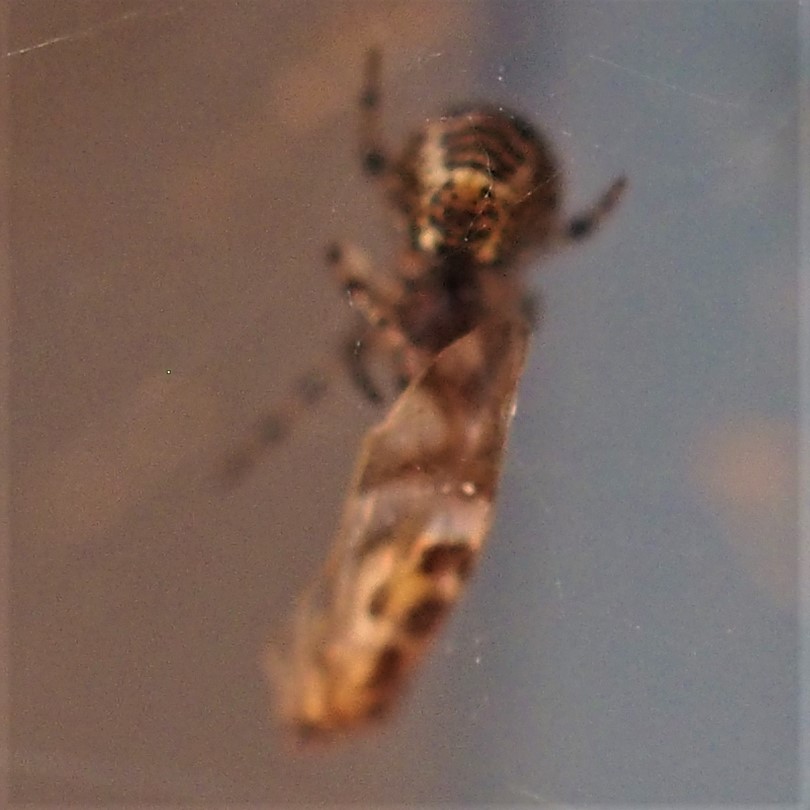
That American Nursery Web Spider was still on the bolt at the beginning of the week. The next two images are of a new unidentified Spider.

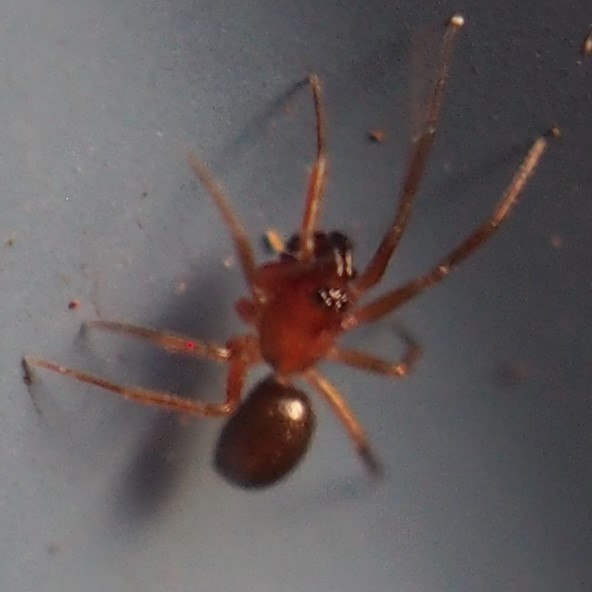
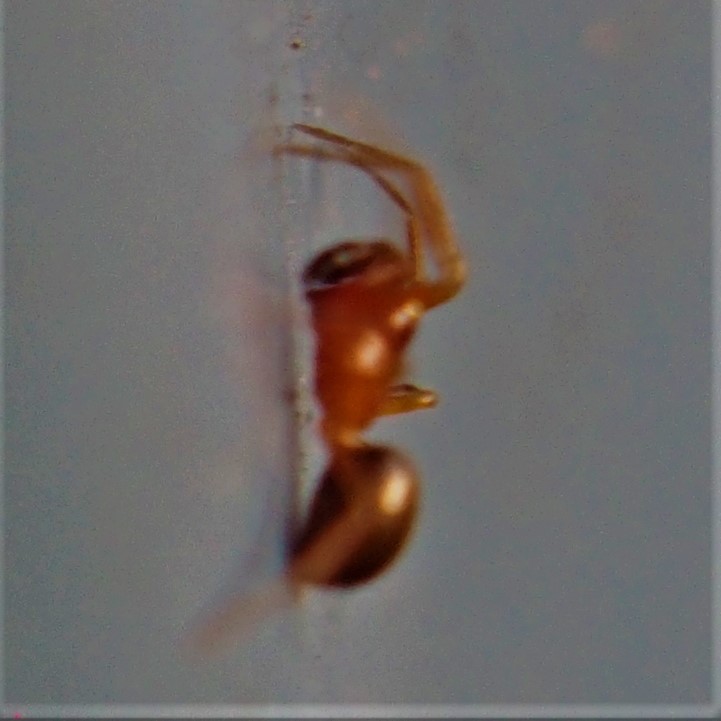
Here is a little Crab Spider - it looks a lot like the Northern Crab Spider.

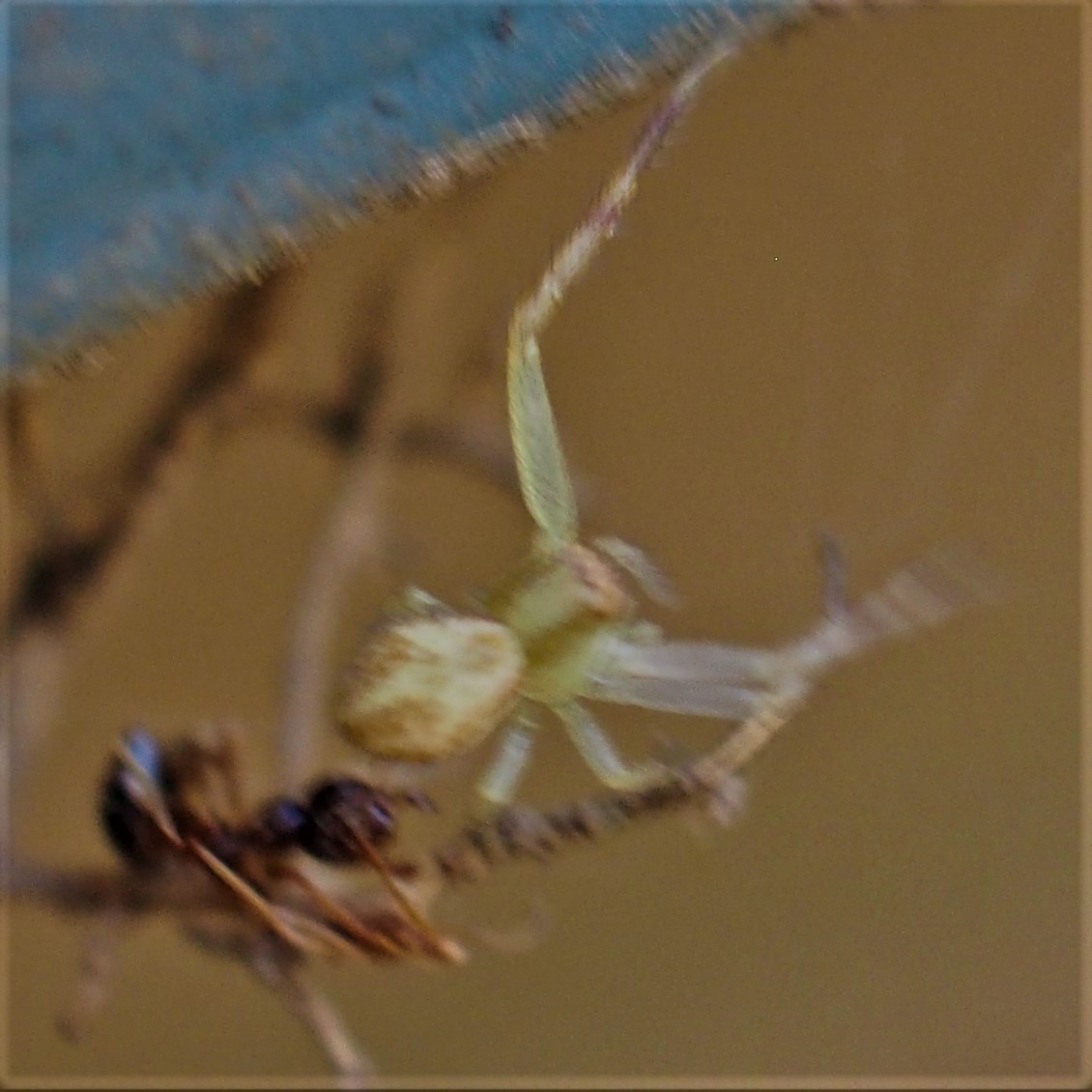
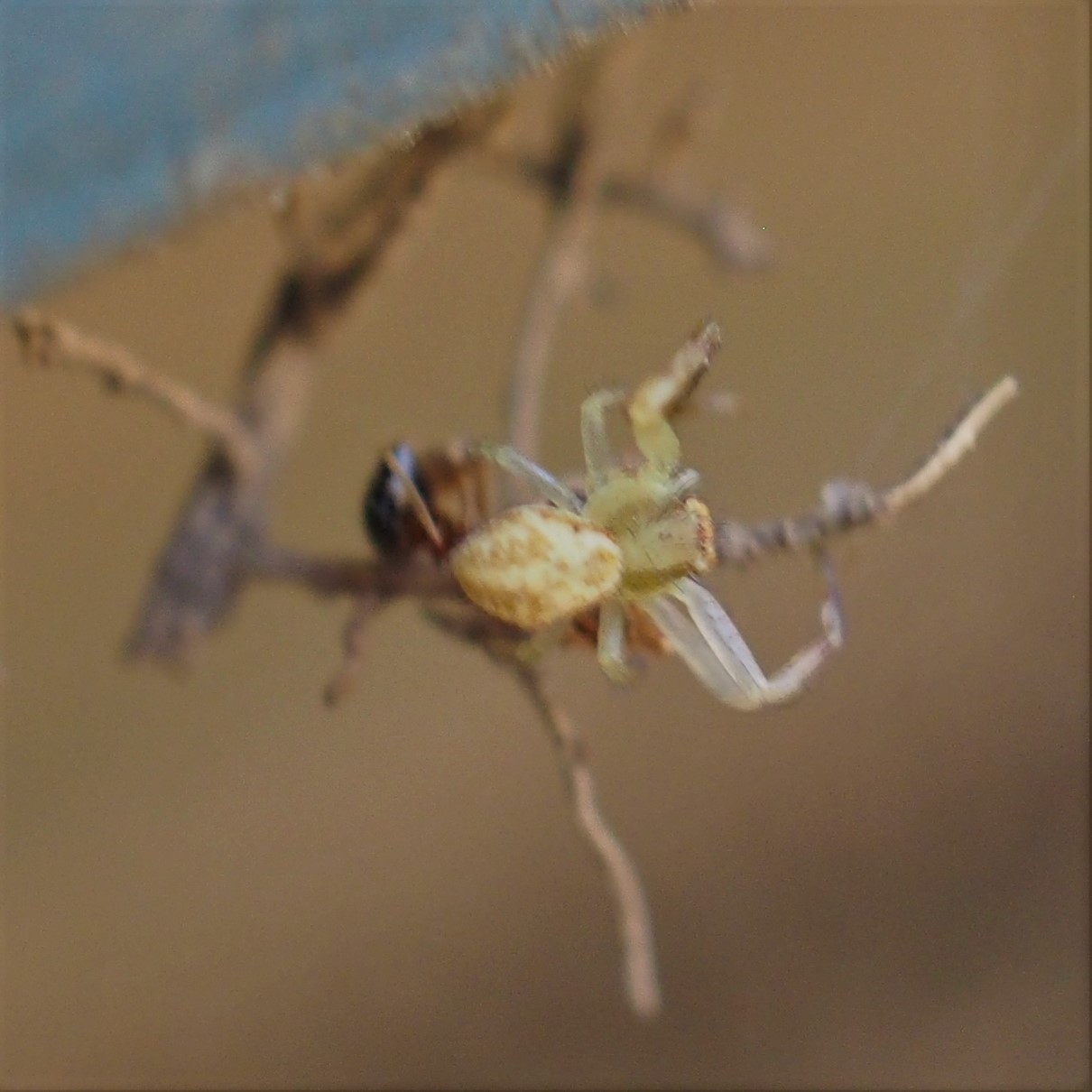
Here is one of the Thin-legged Wolf Spiders. Let me tell you a story about this.. When I submitted this to iNat for ID, the ID app seems to have picked up on the name of the picture, which was "spider wolf 11 10 22 2". It went to work and ground out this first guess: Gray Wolf!
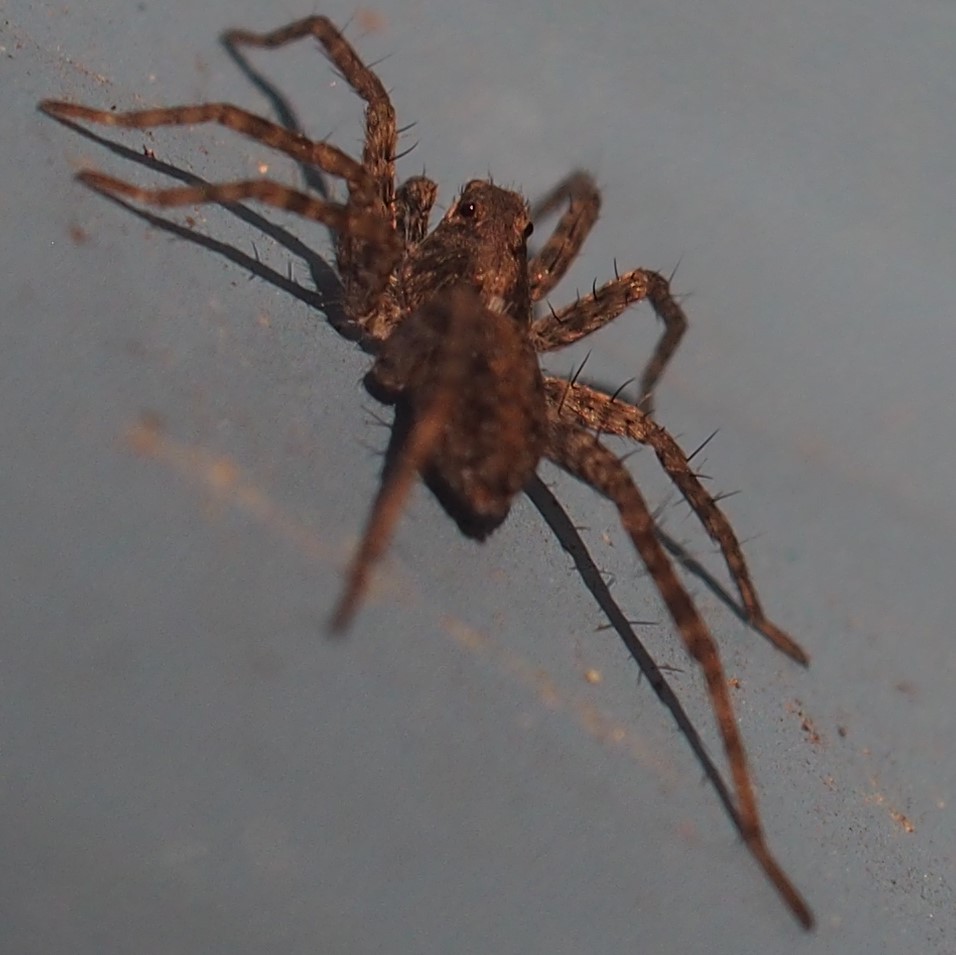
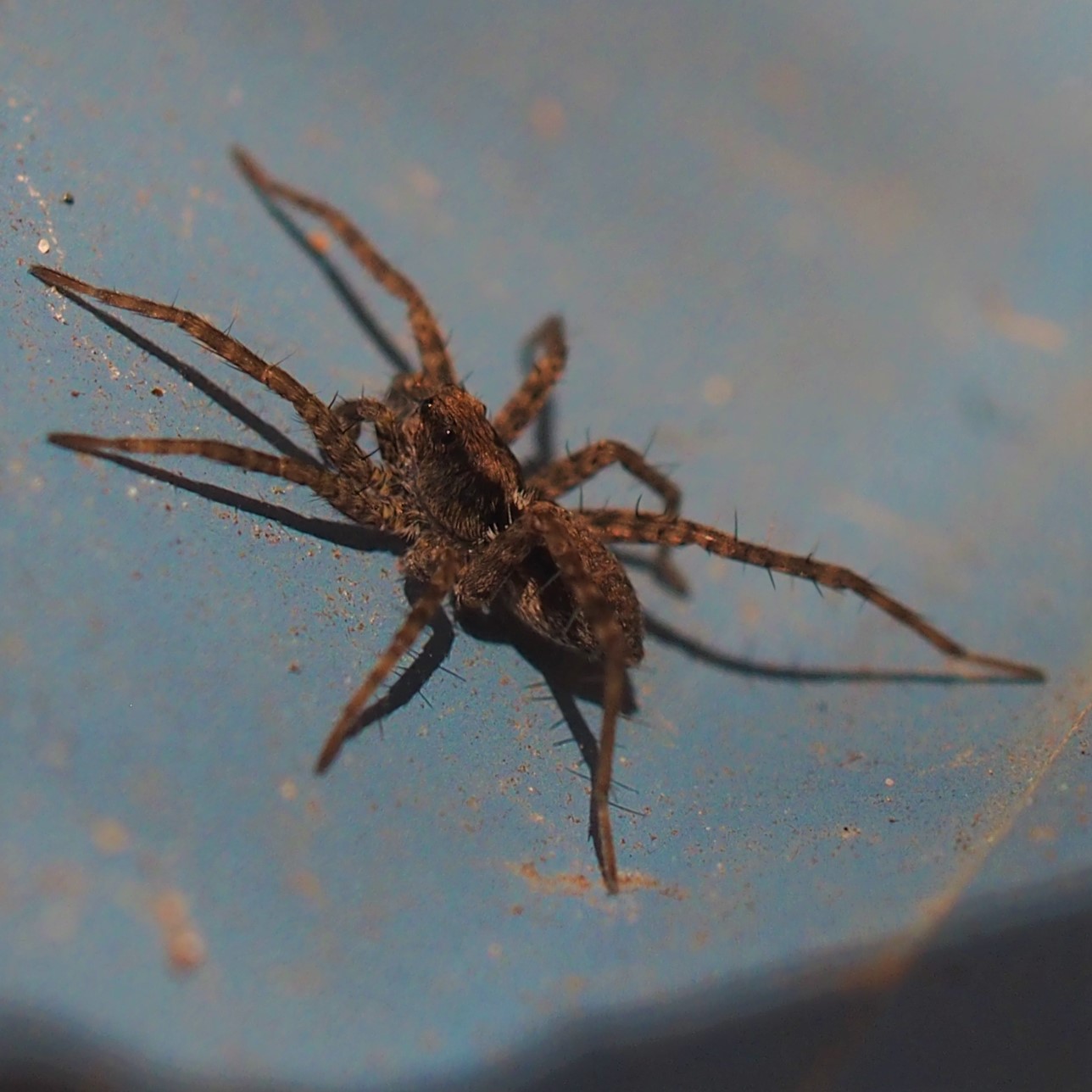
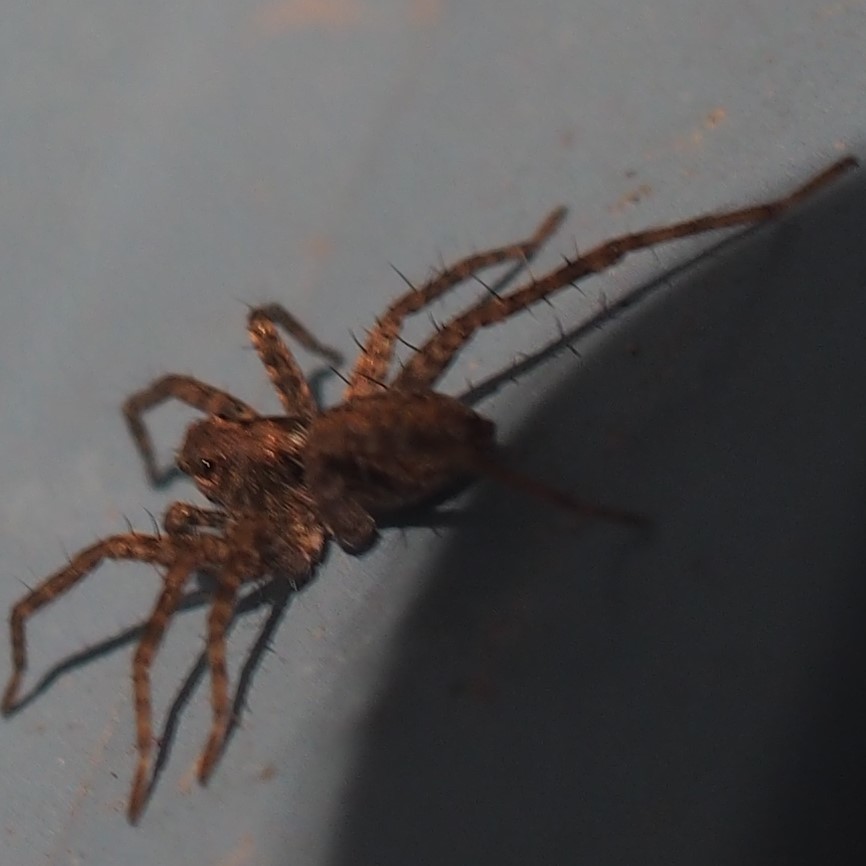
This little Spider got into my room somehow and was racing around on the top of my computer. I let it cool off in the fridge for a half hour and then took a few choice pictures outside on the deck railing.
I think it is the Common White-cheeked Jumping Spider (Pelegrina proterva).

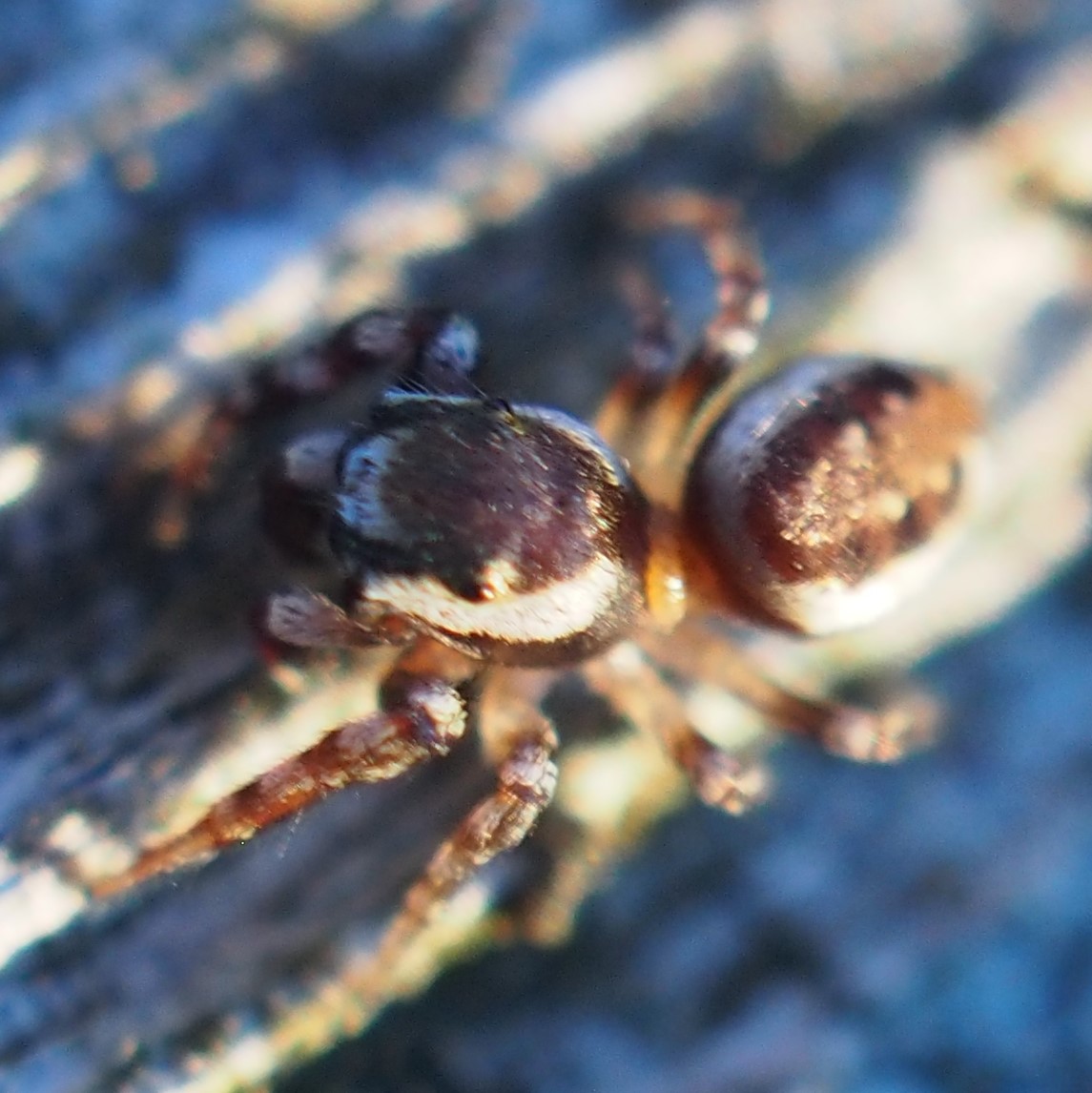
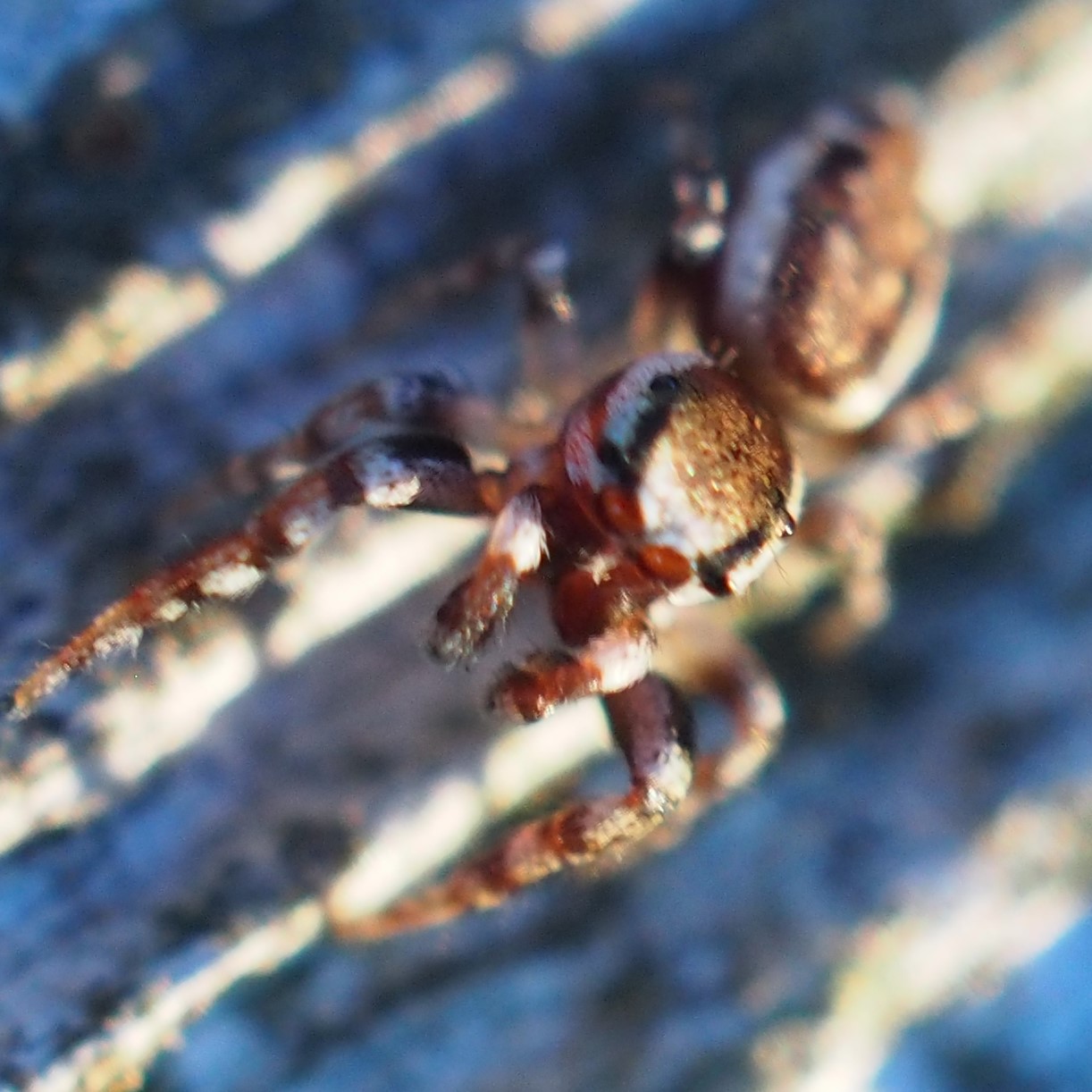
There were a couple of Wasps. This one was identified as belonging to the genus Coptera. Look at the deep sculpting in its face. I'm sorry not to have some more Wasps to show you. But I suppose they won't like the snow very much!
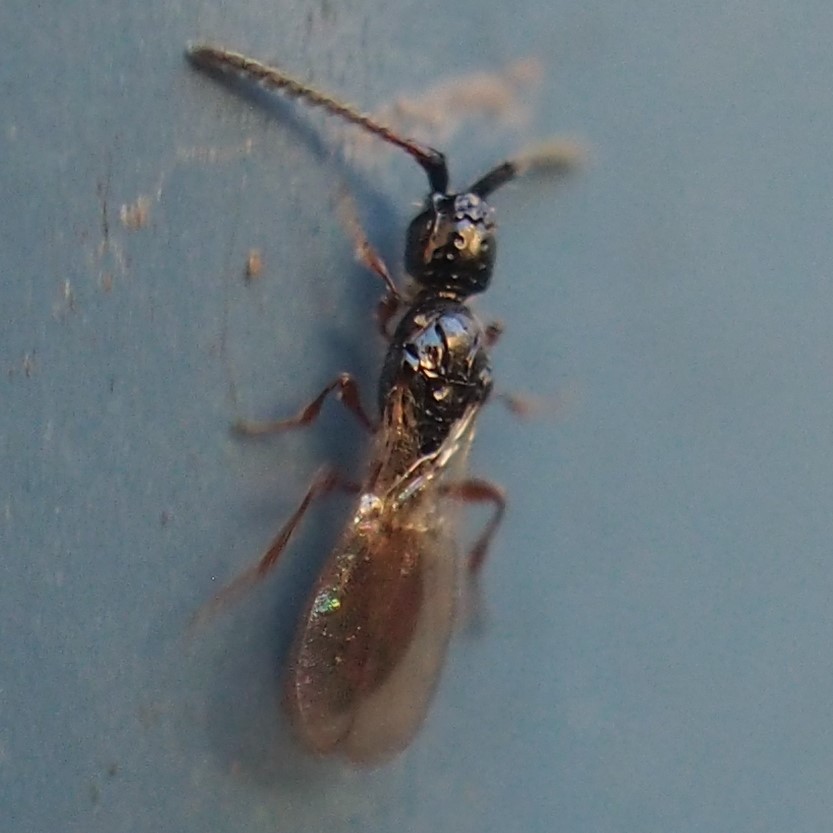

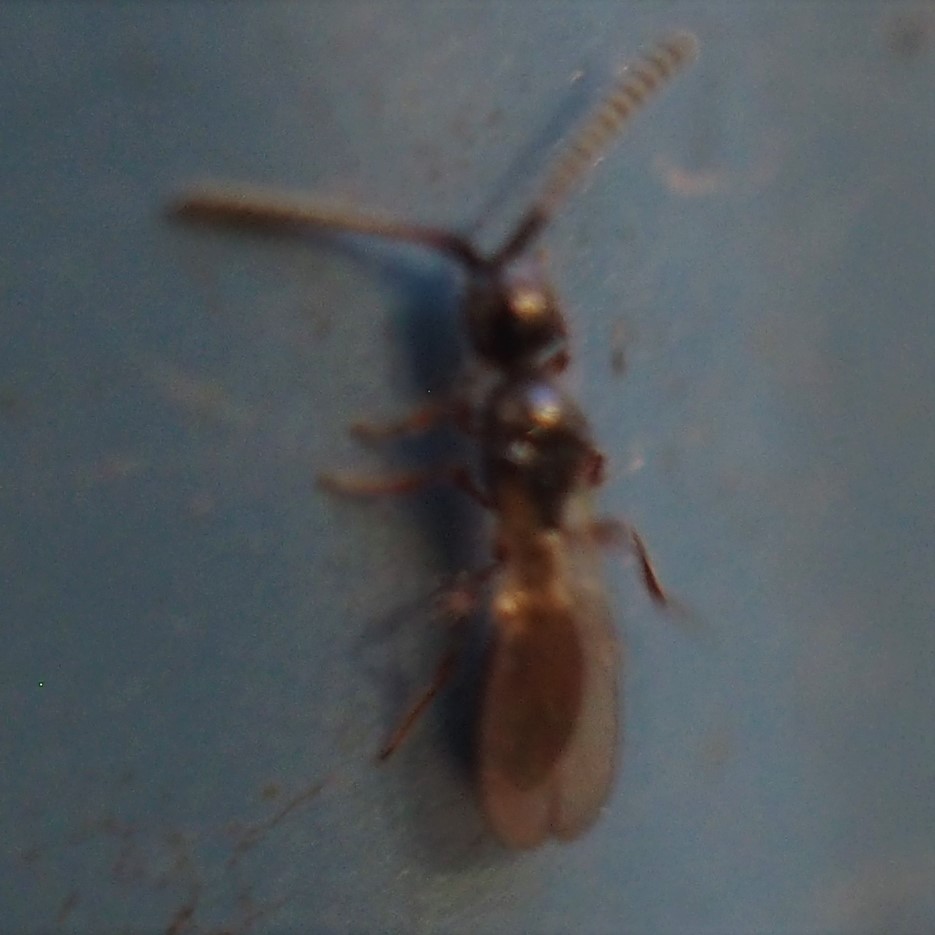
Here is probably a good place to end: with a batch of Coral Berries and a spray of Oriental Bittersweet. And imagining how cozy and warm the Squirrels will be in their home of leaves!

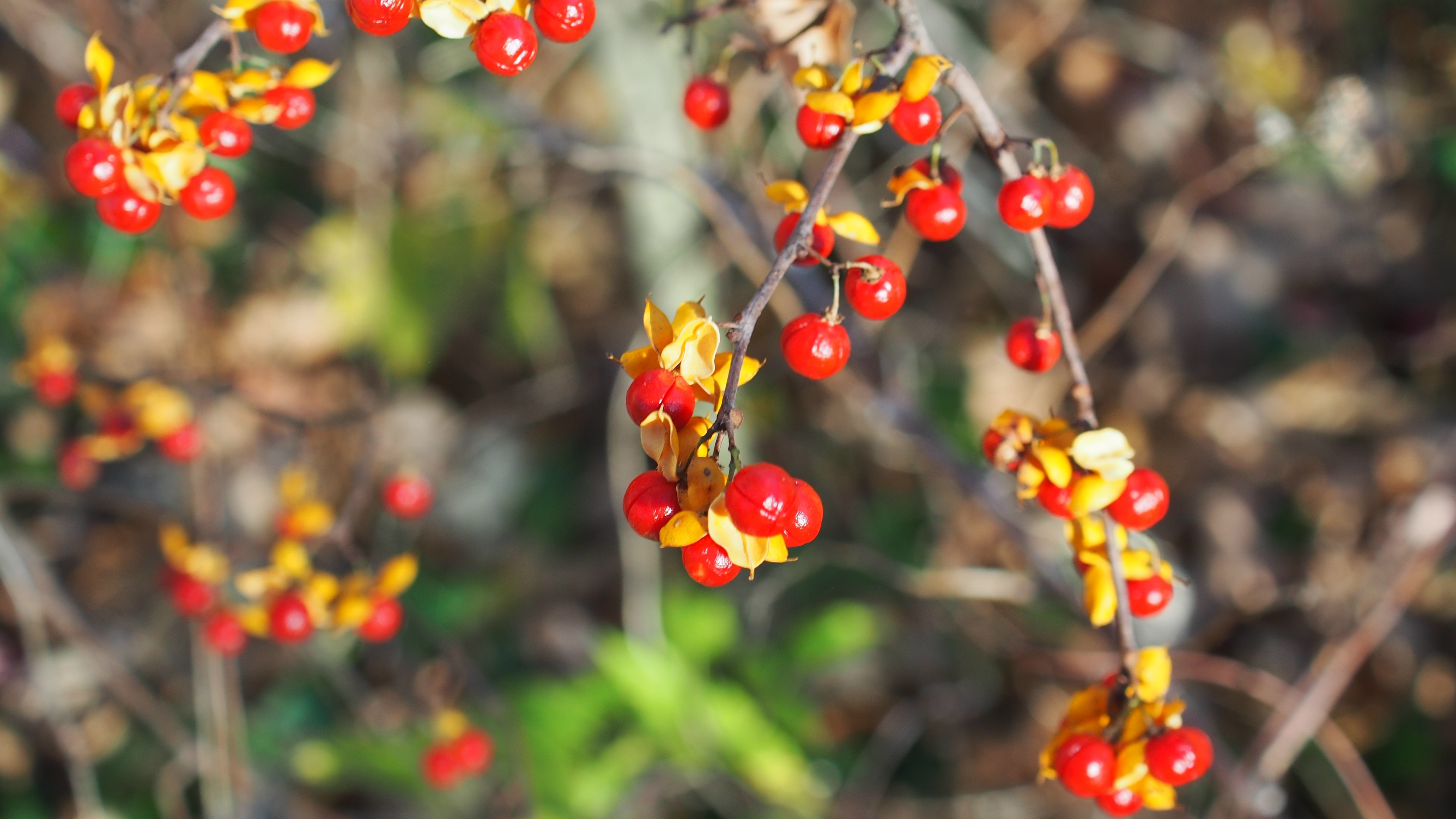
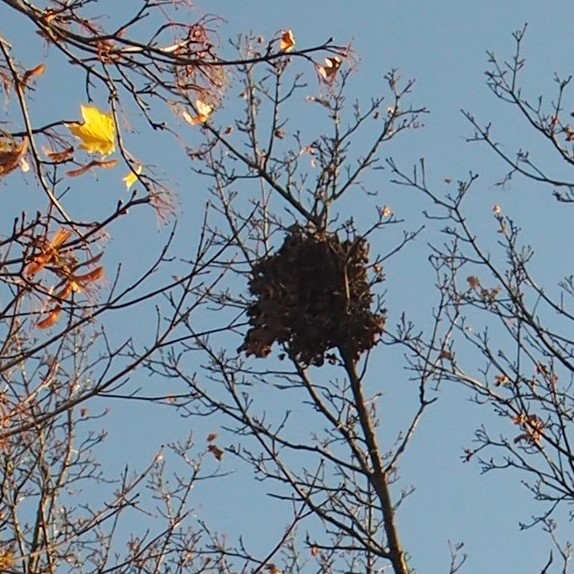
Oh! While imagining the comfort of the Squirrel Family, here is one from a warm and sunny day featuring our Spooky, who is snoozing in the Sun, and our Tripper, dreaming on the couch.
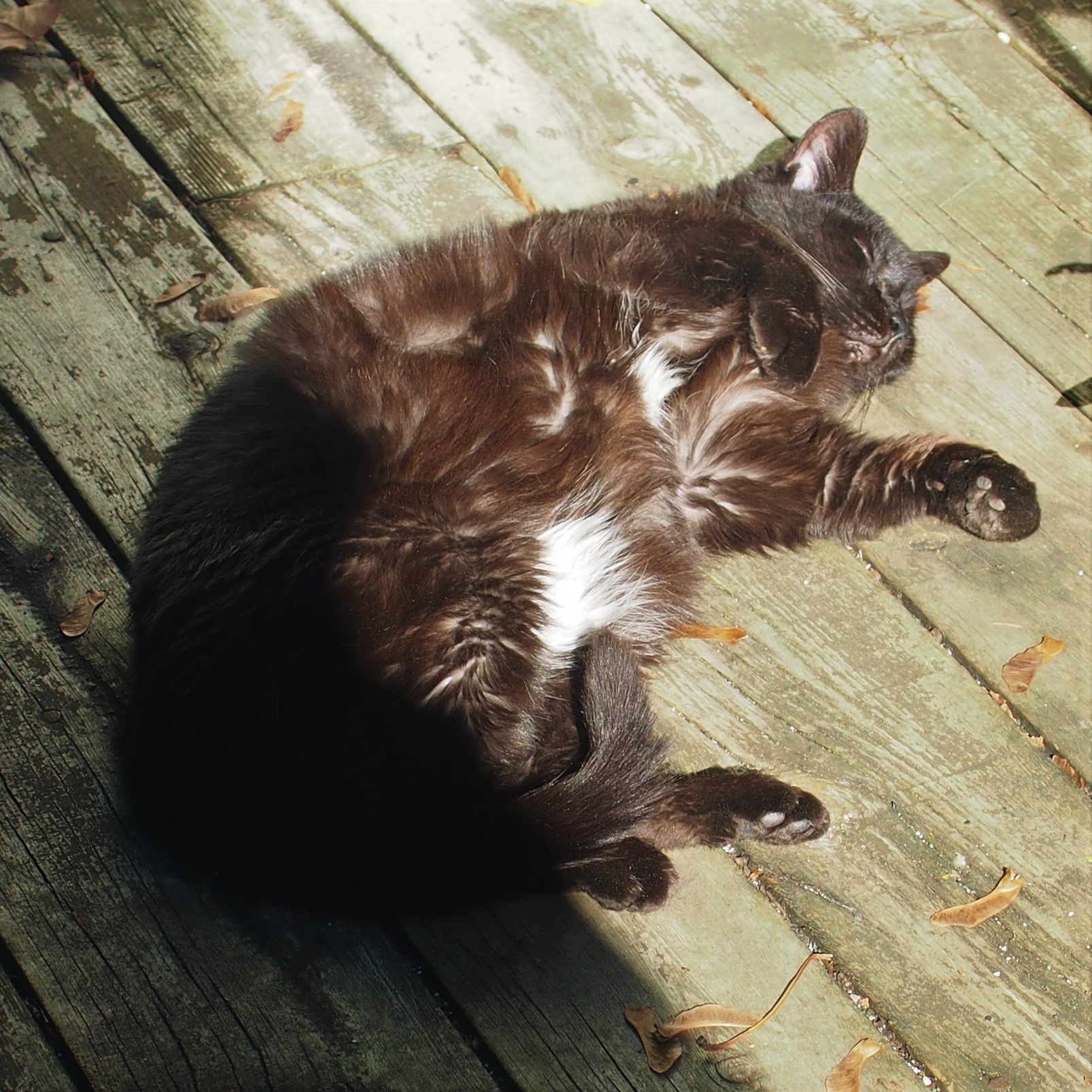
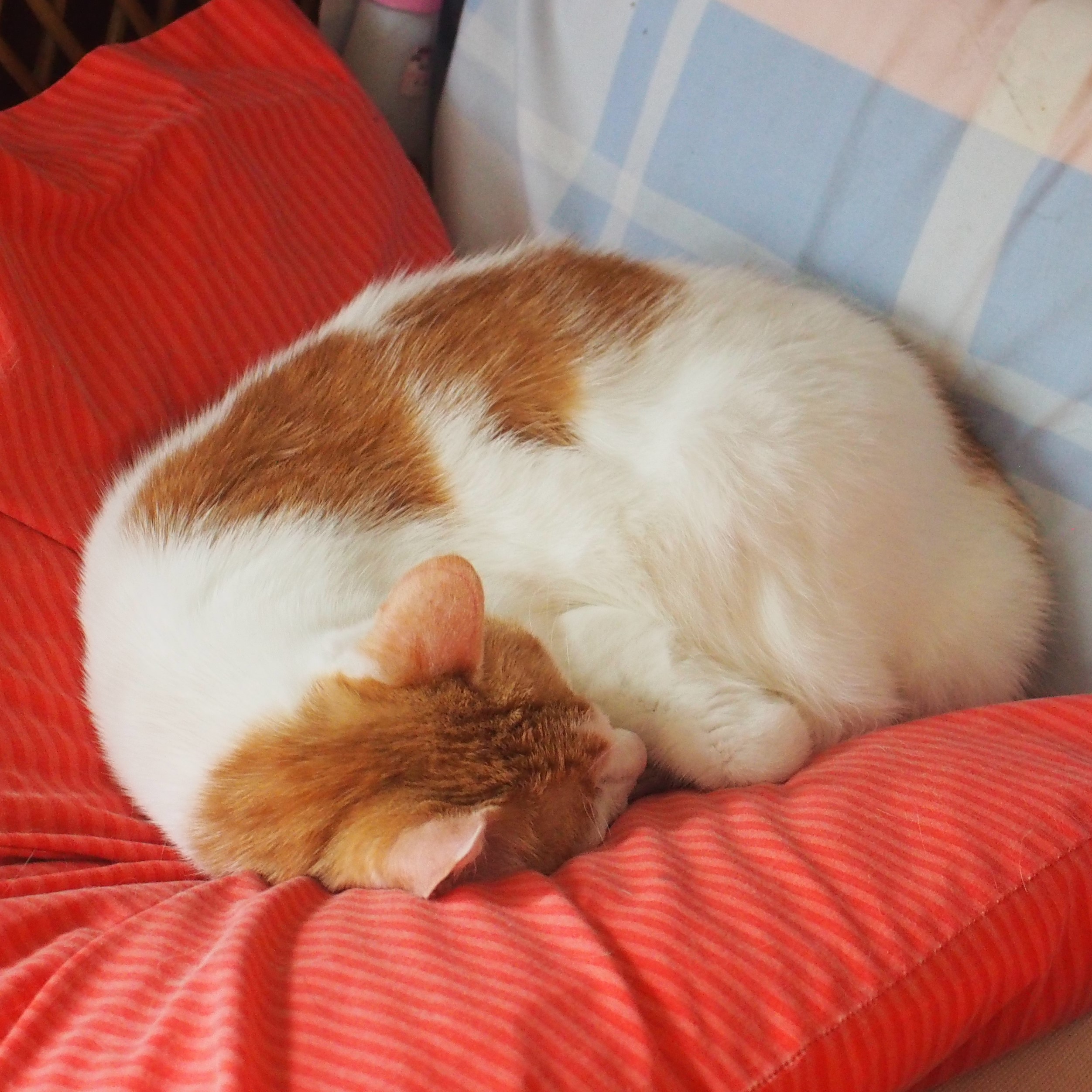
It was a busy week, especially with beginning to get ready for the February term of AALL classes, which seems to be racing towards us at top speed. But really, this is a kind of work that I do love to do. (Almost as much as finding little creatures all around me.) Tuesday was my chance to help out at our polling place. What a wonderful place Albion is. People greeted the voters with enthusiasm and warmth, and nobody got away without casting his or her vote! I hope you too have a passion or two to keep you going!
Love, Martha
Back to November 6, 2022
Forward to November 20 and 27, 2022
Back to main menu
copyright Martha O'Kennon 2022





























 11 10 22 1.jpg)













 male 11 6 22 1.jpg)







































